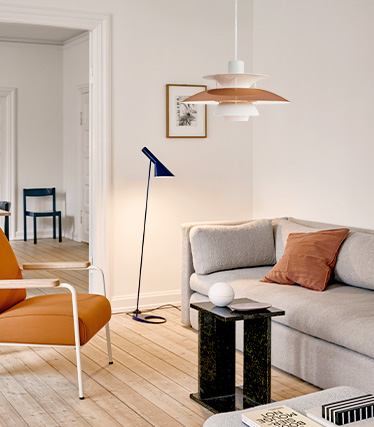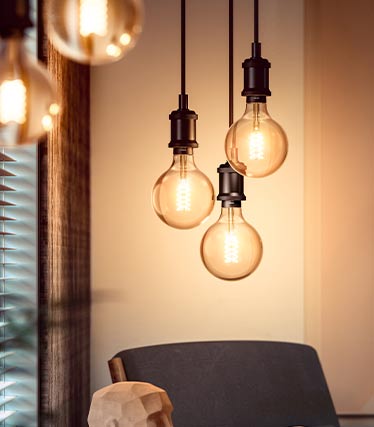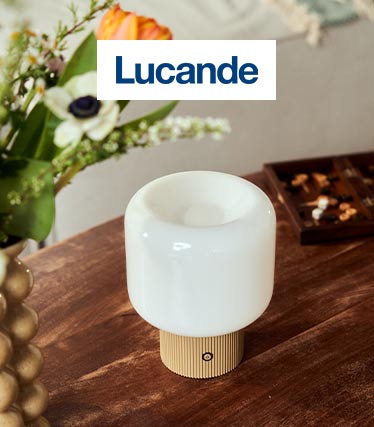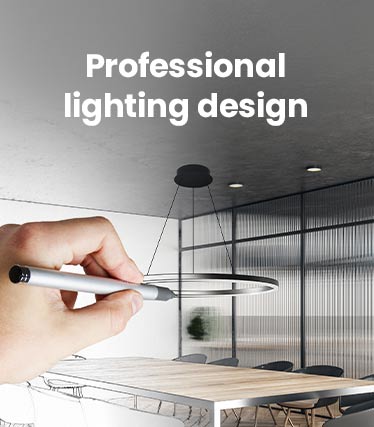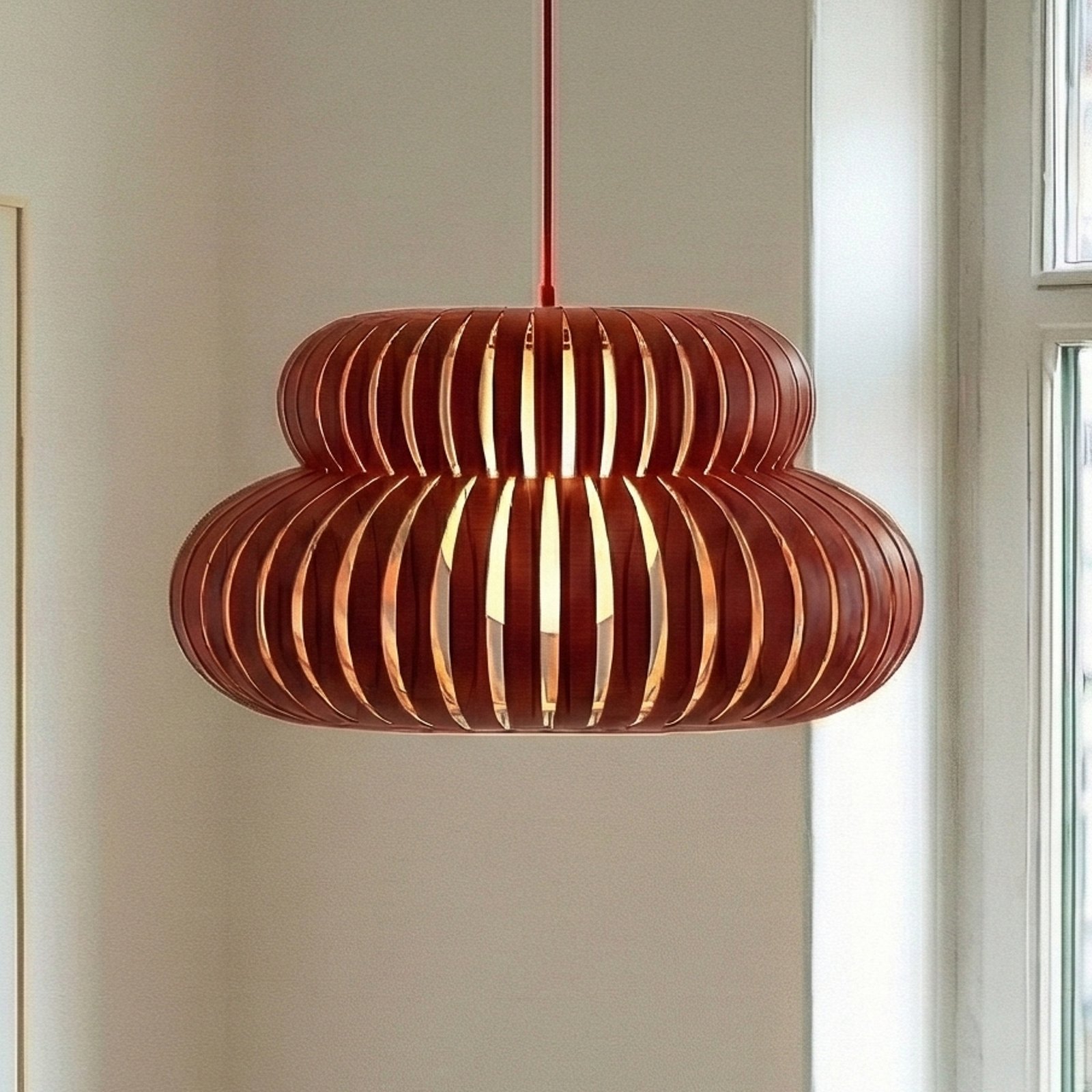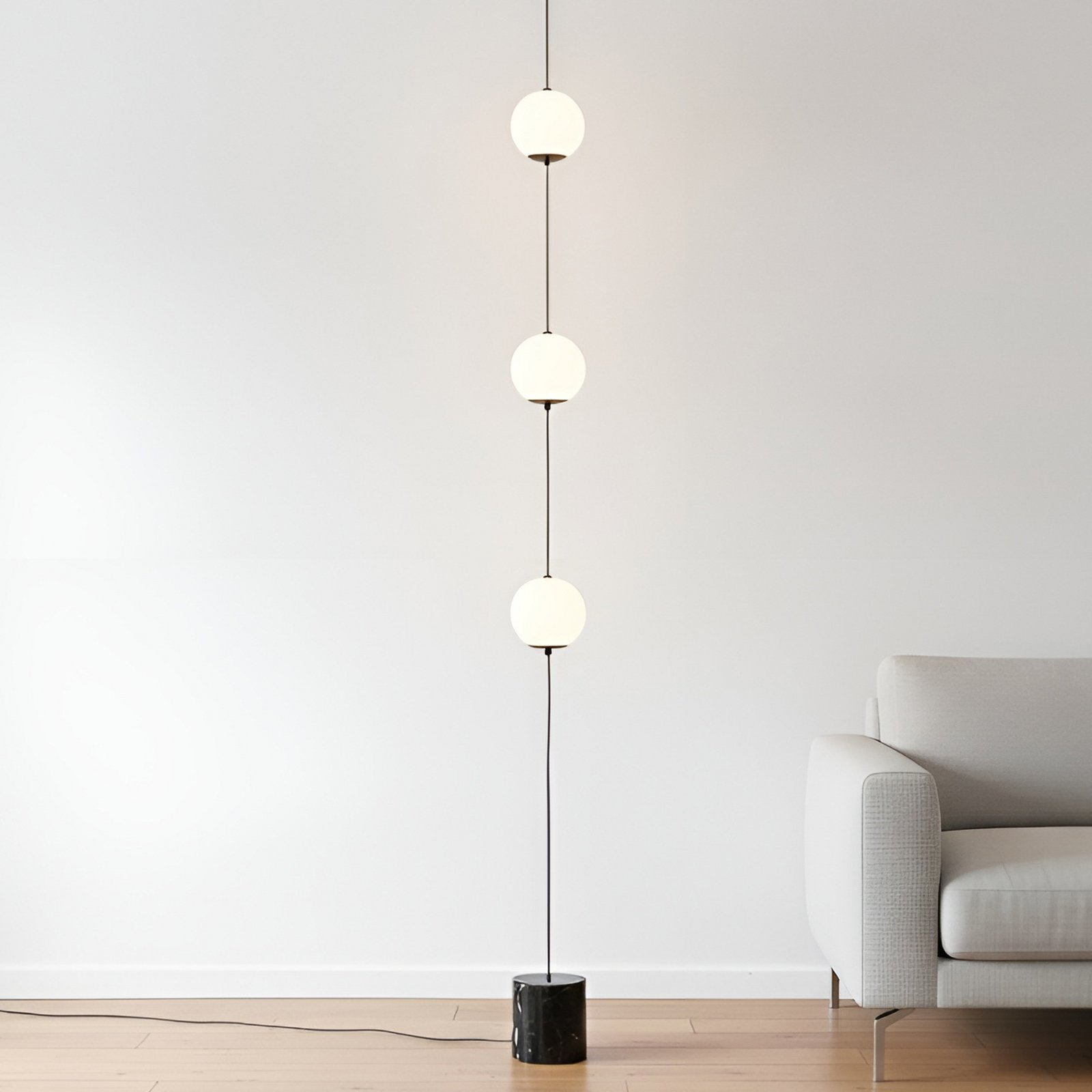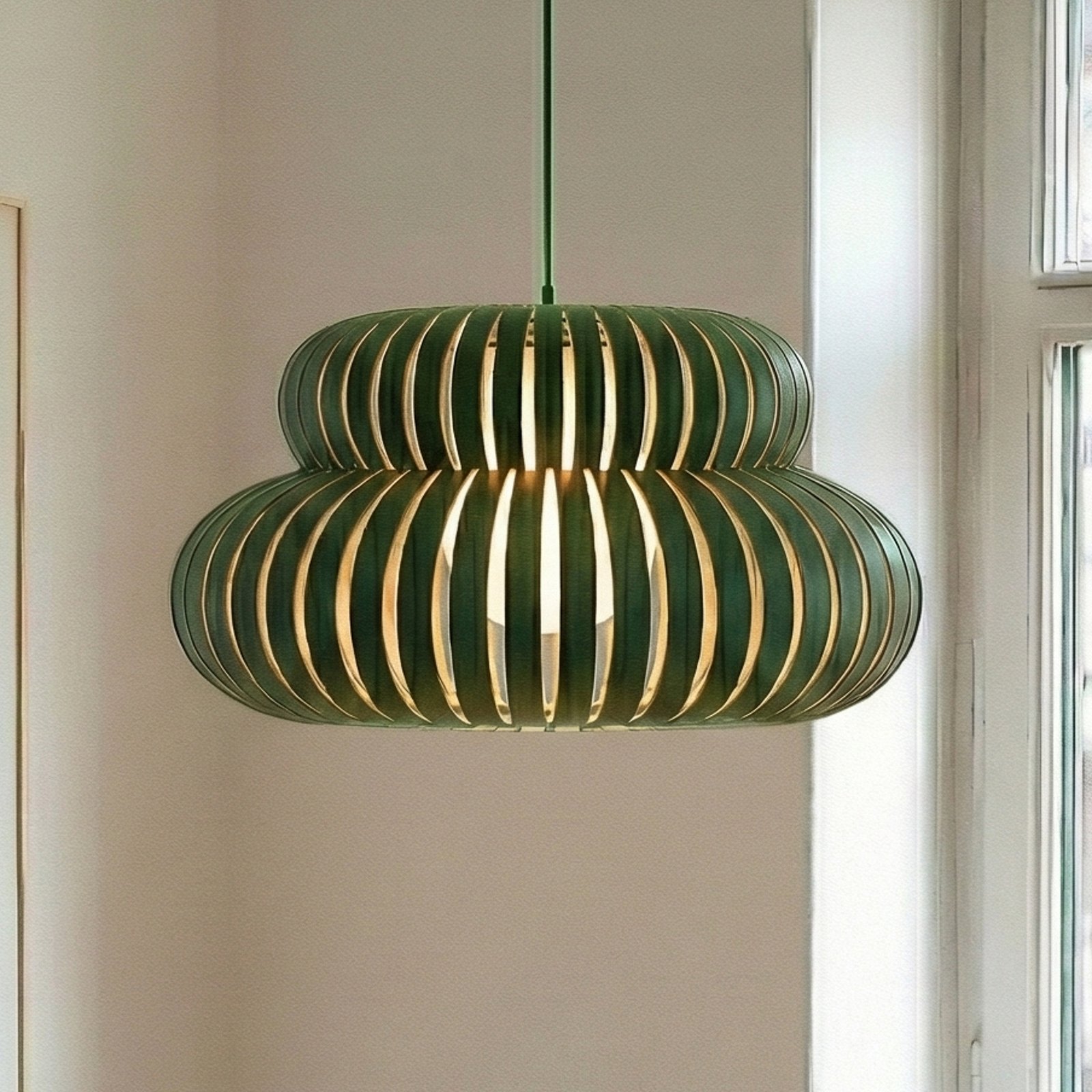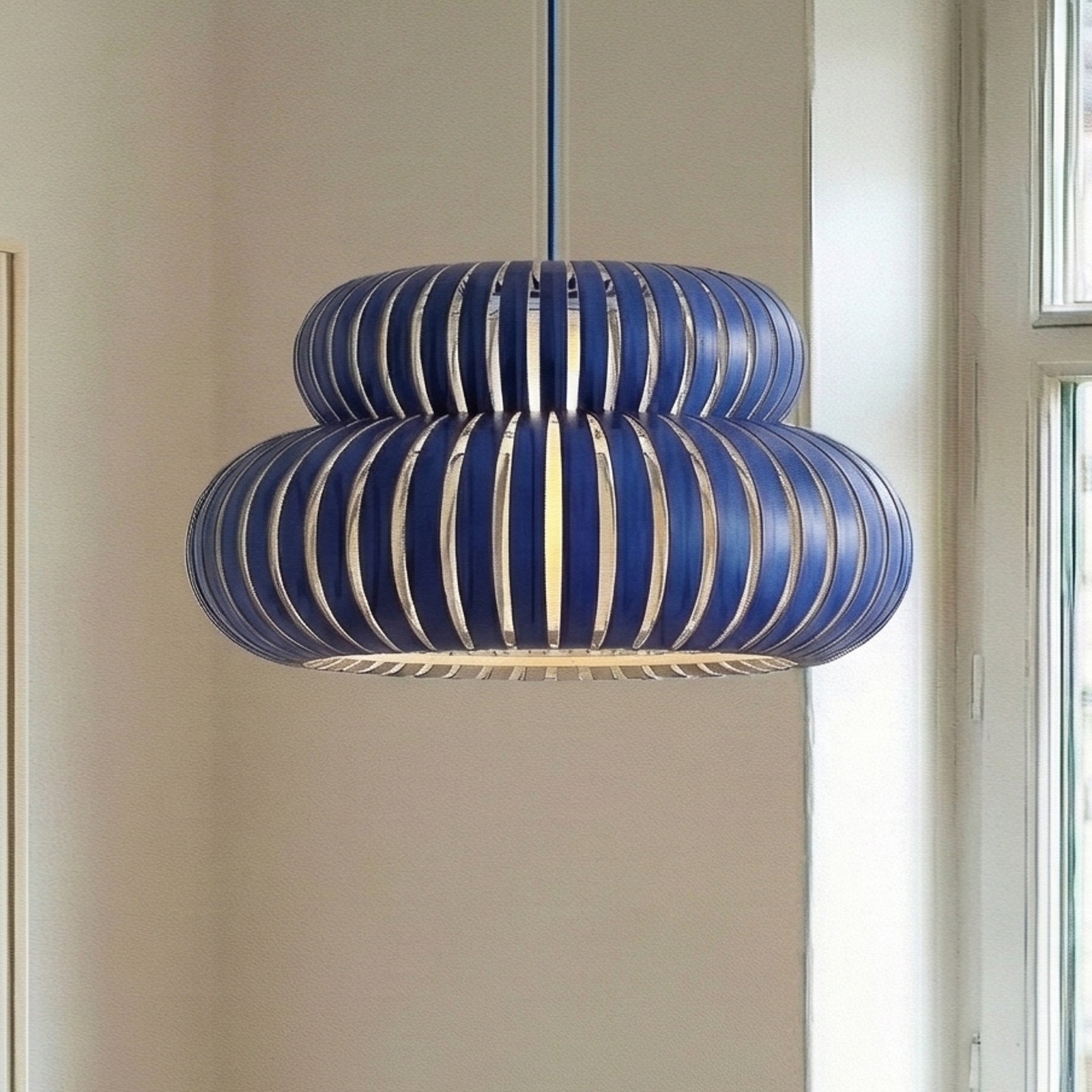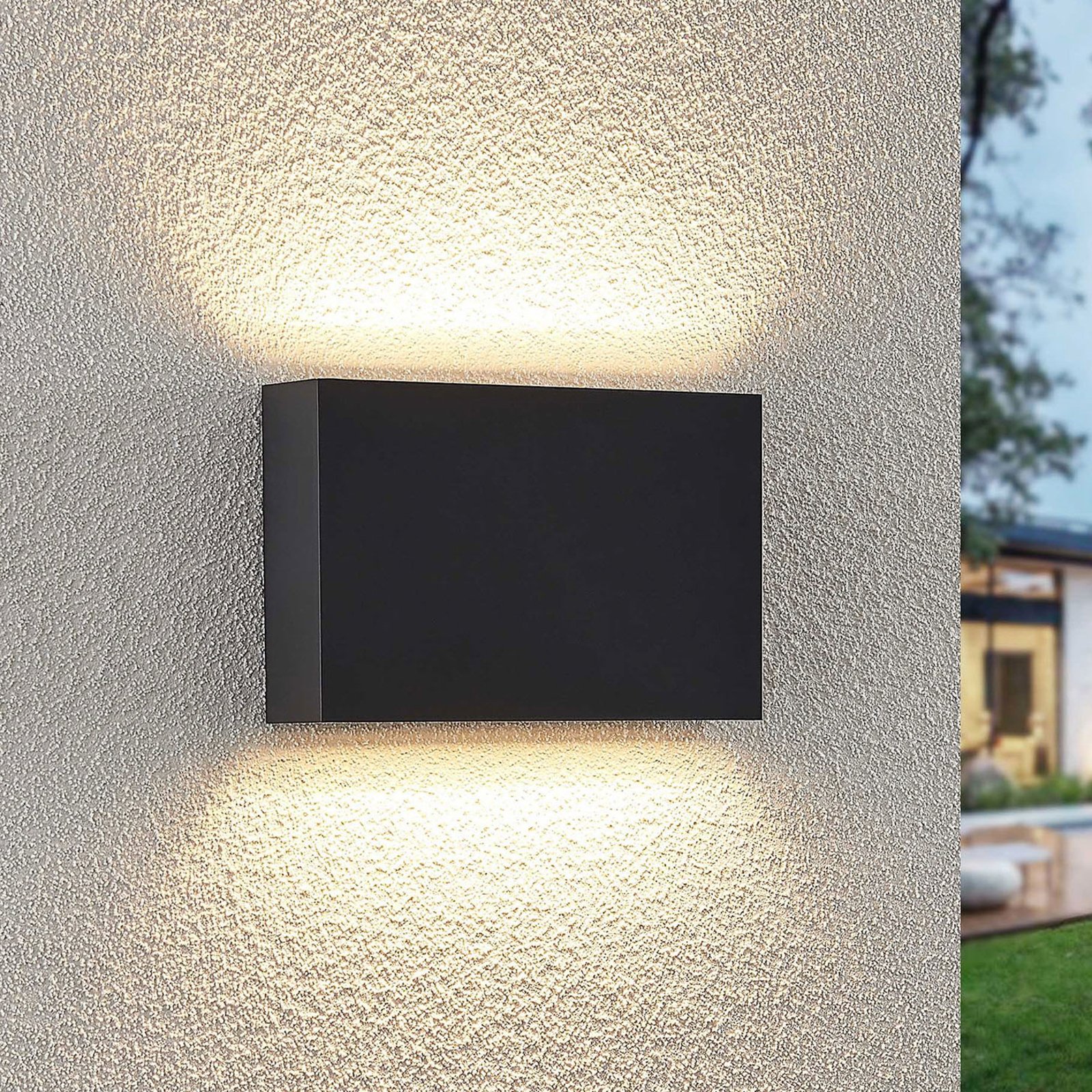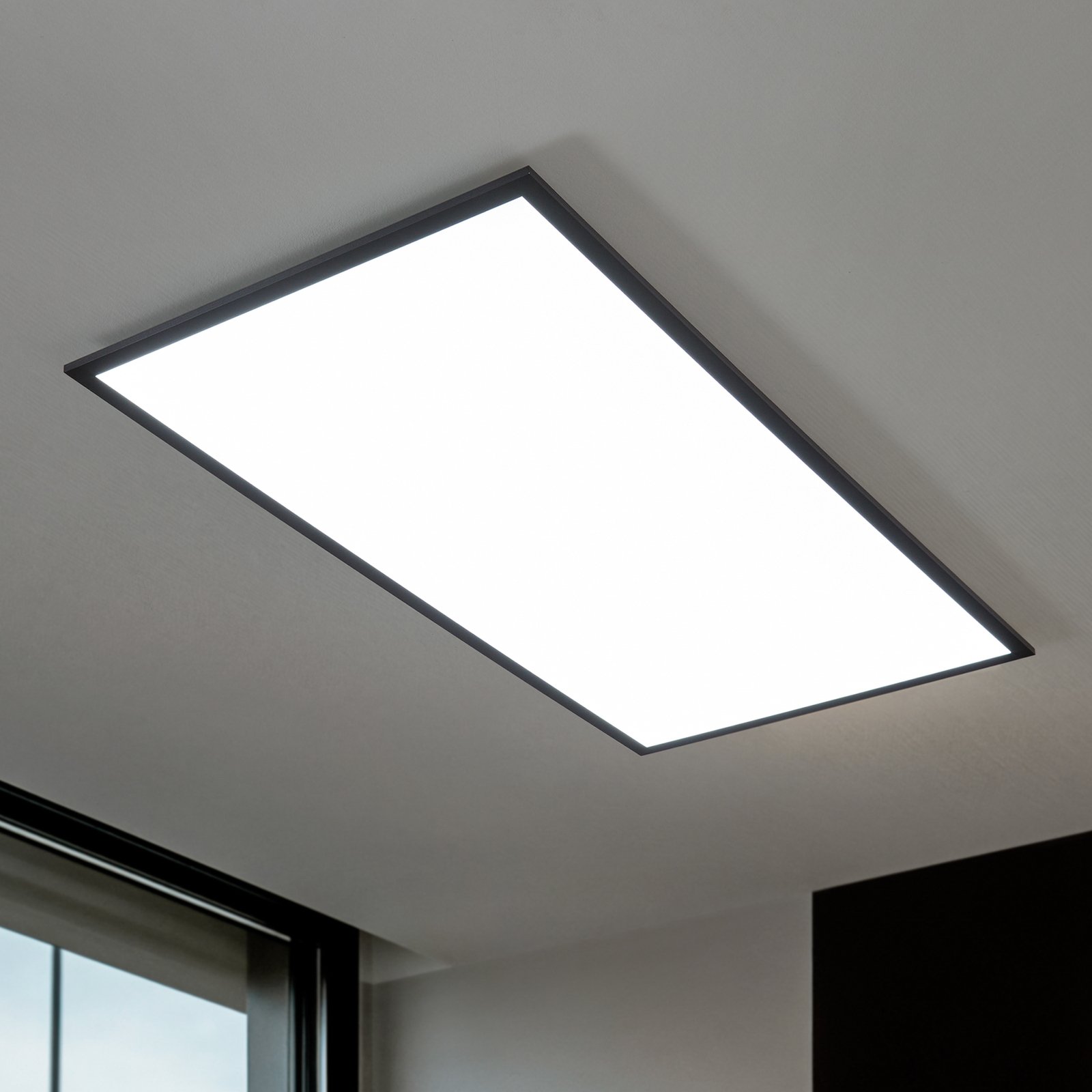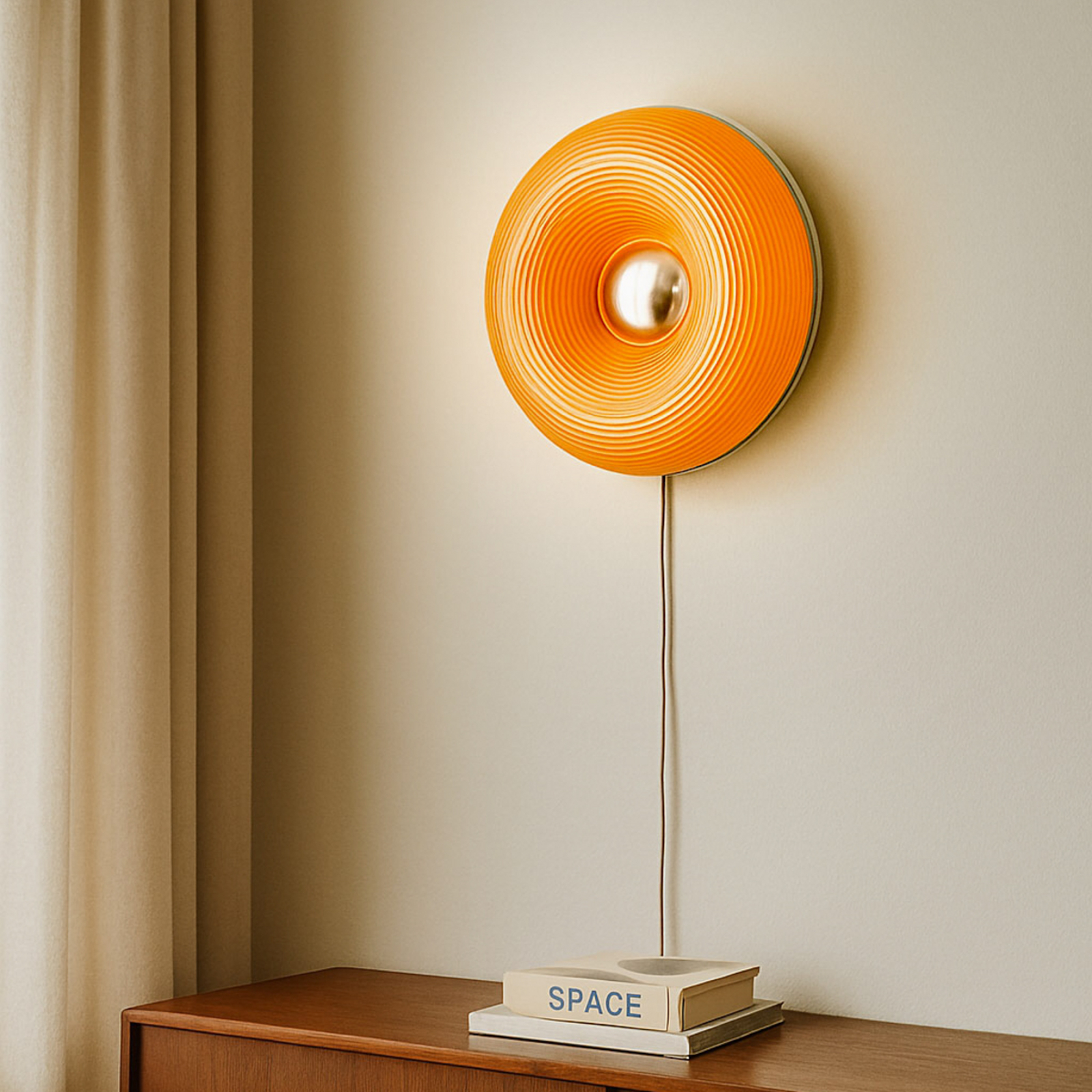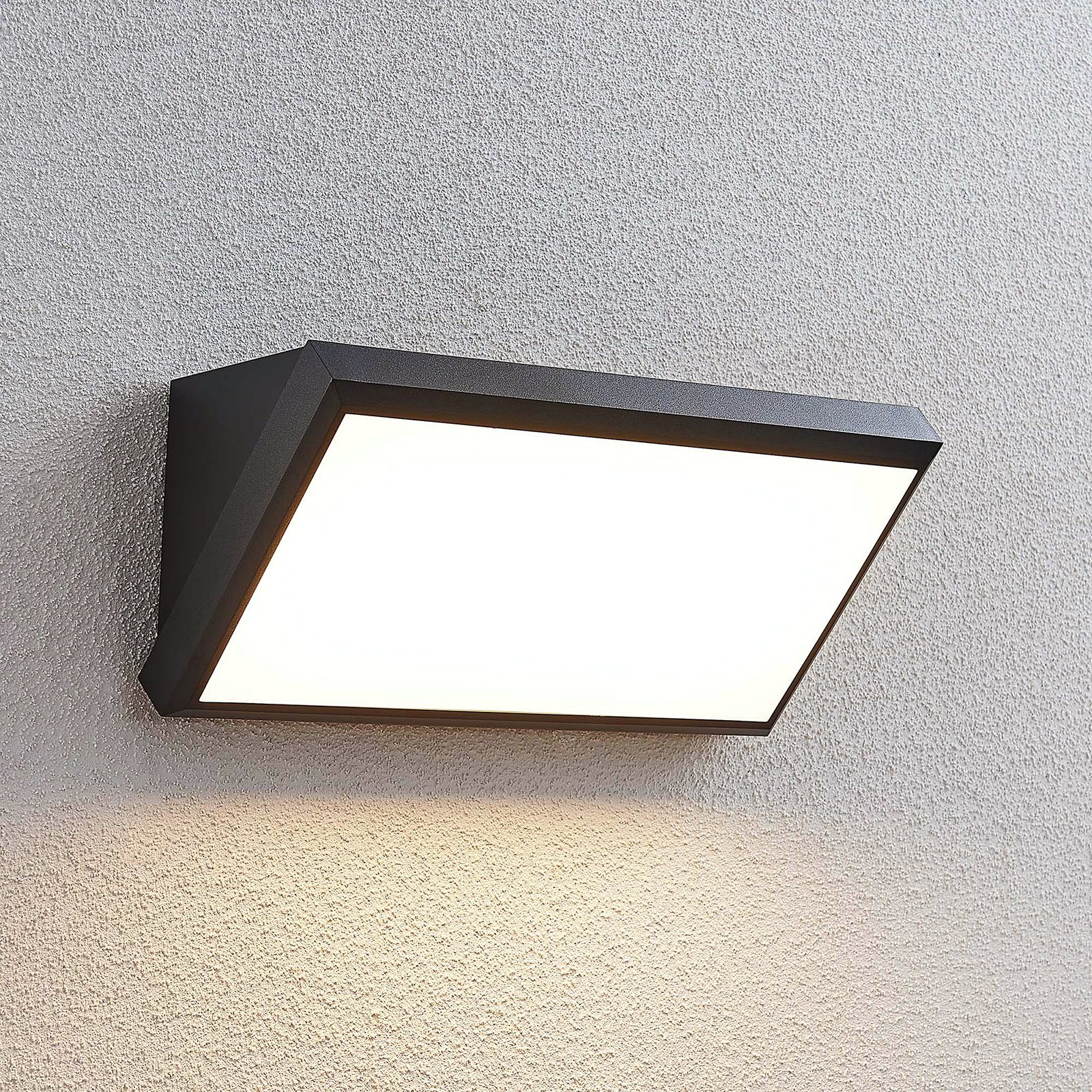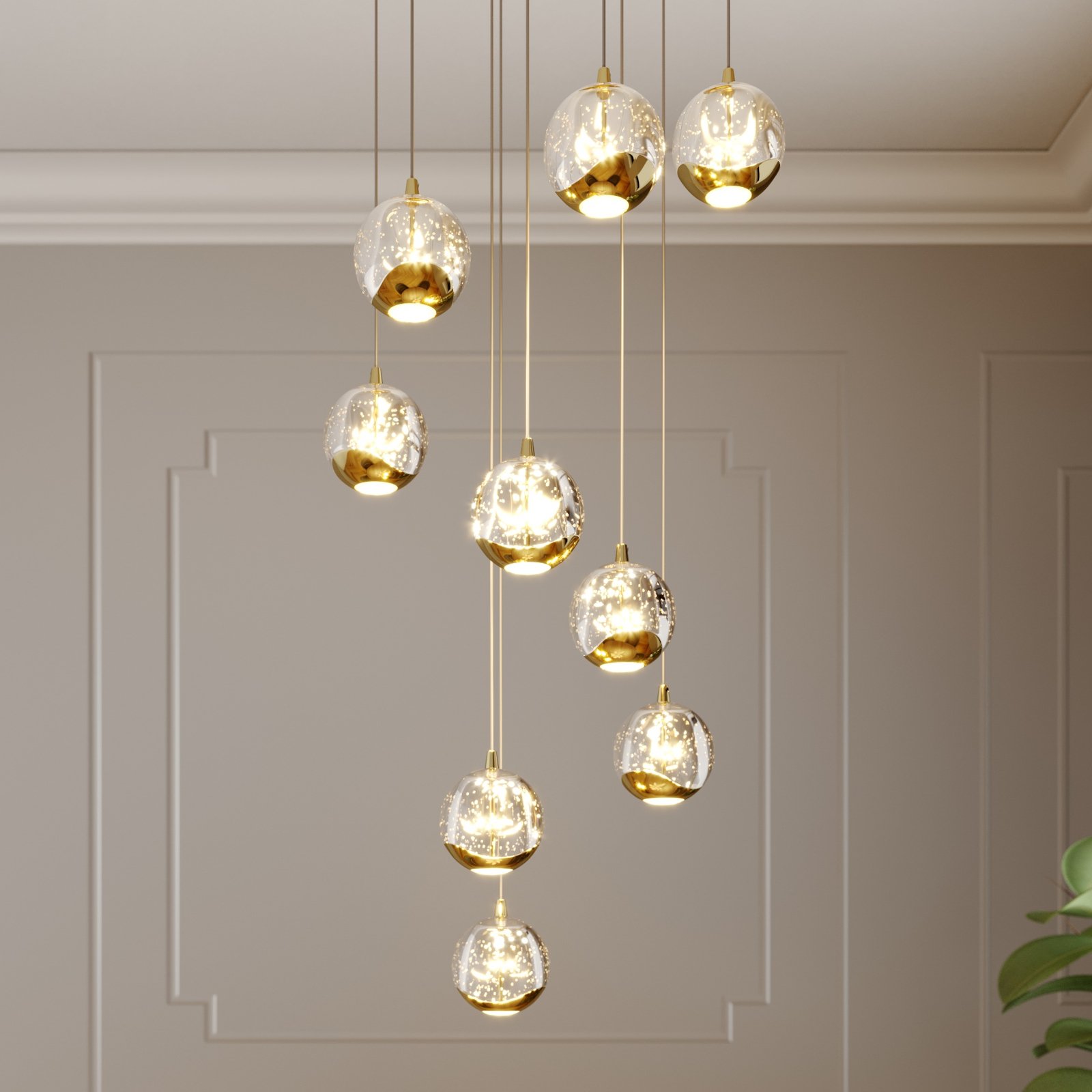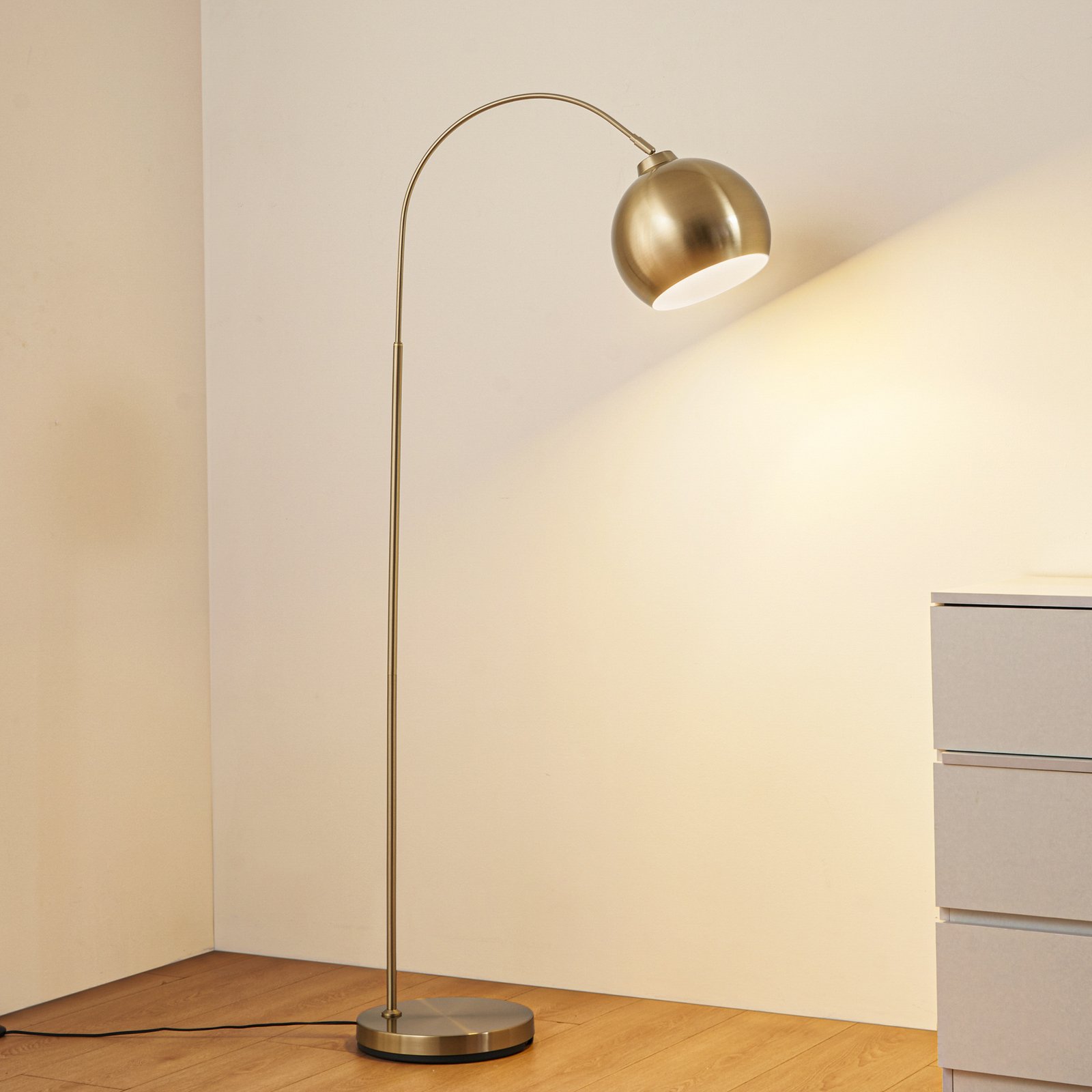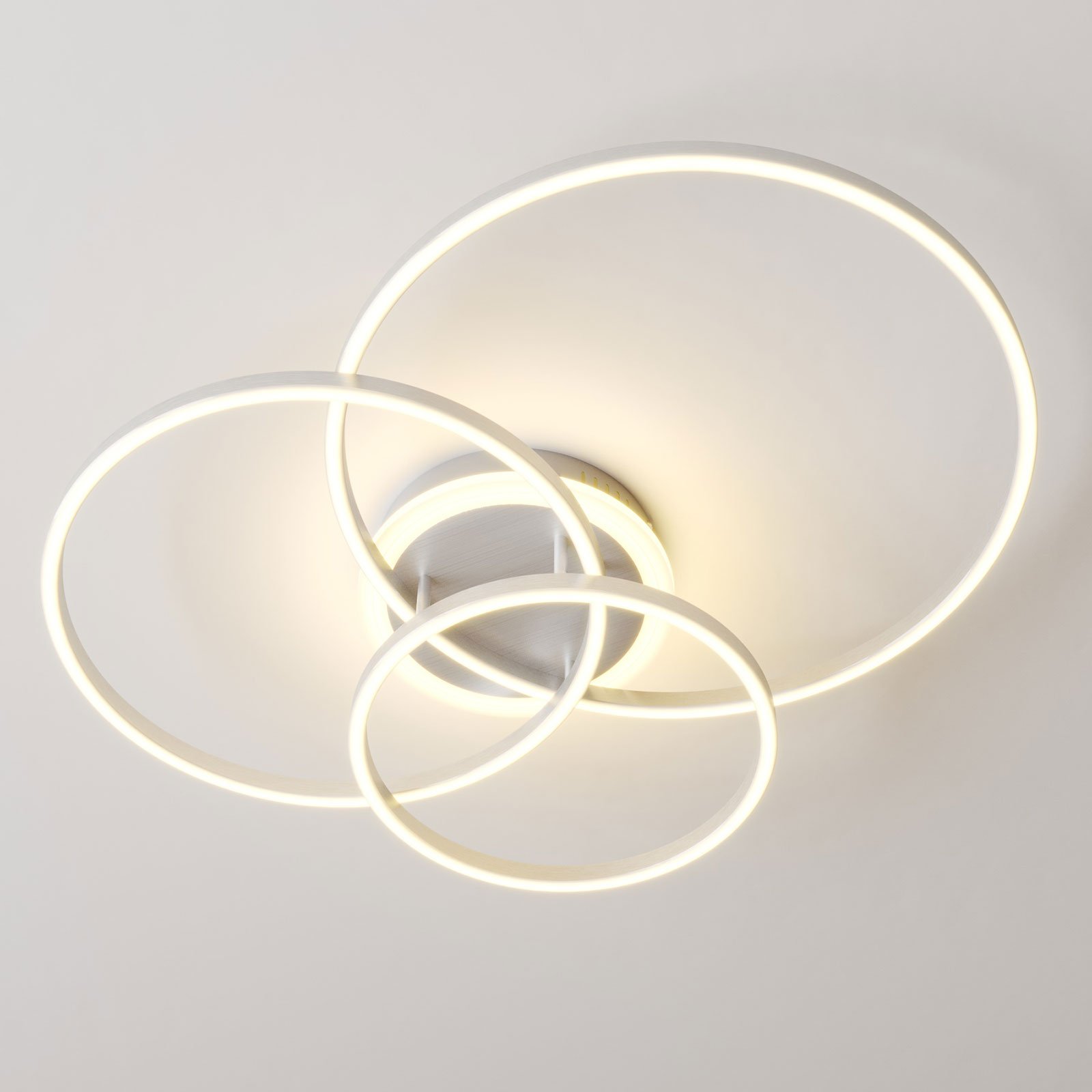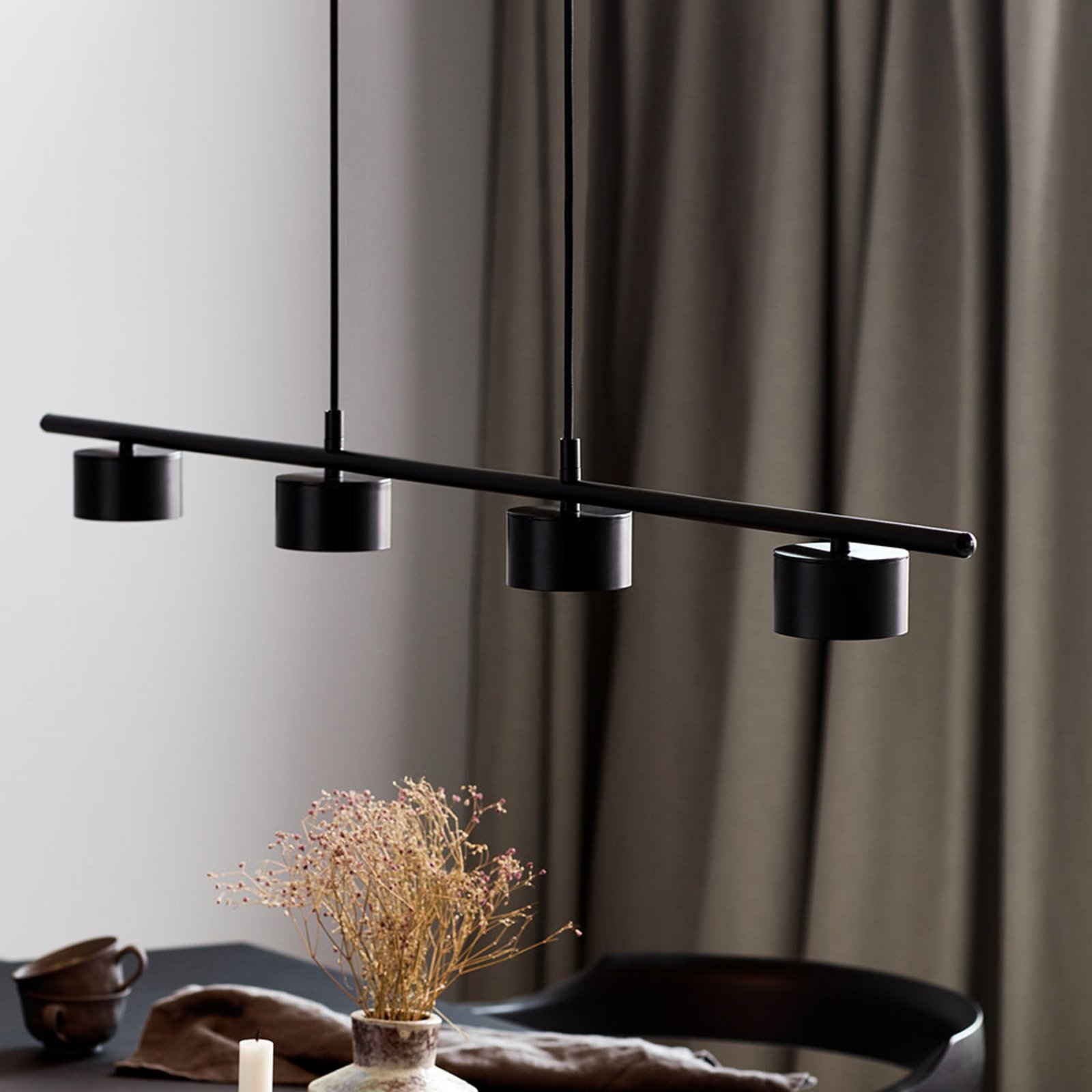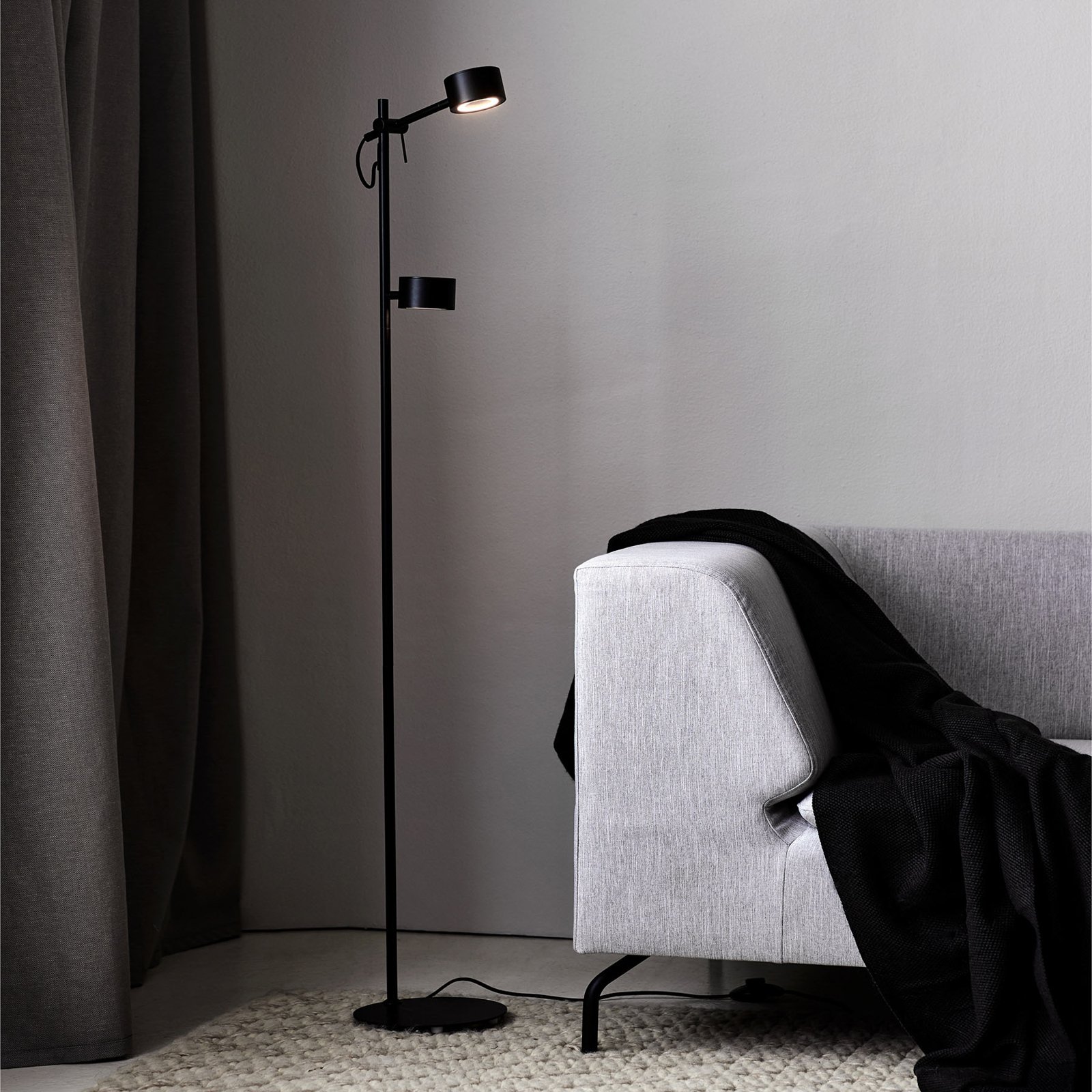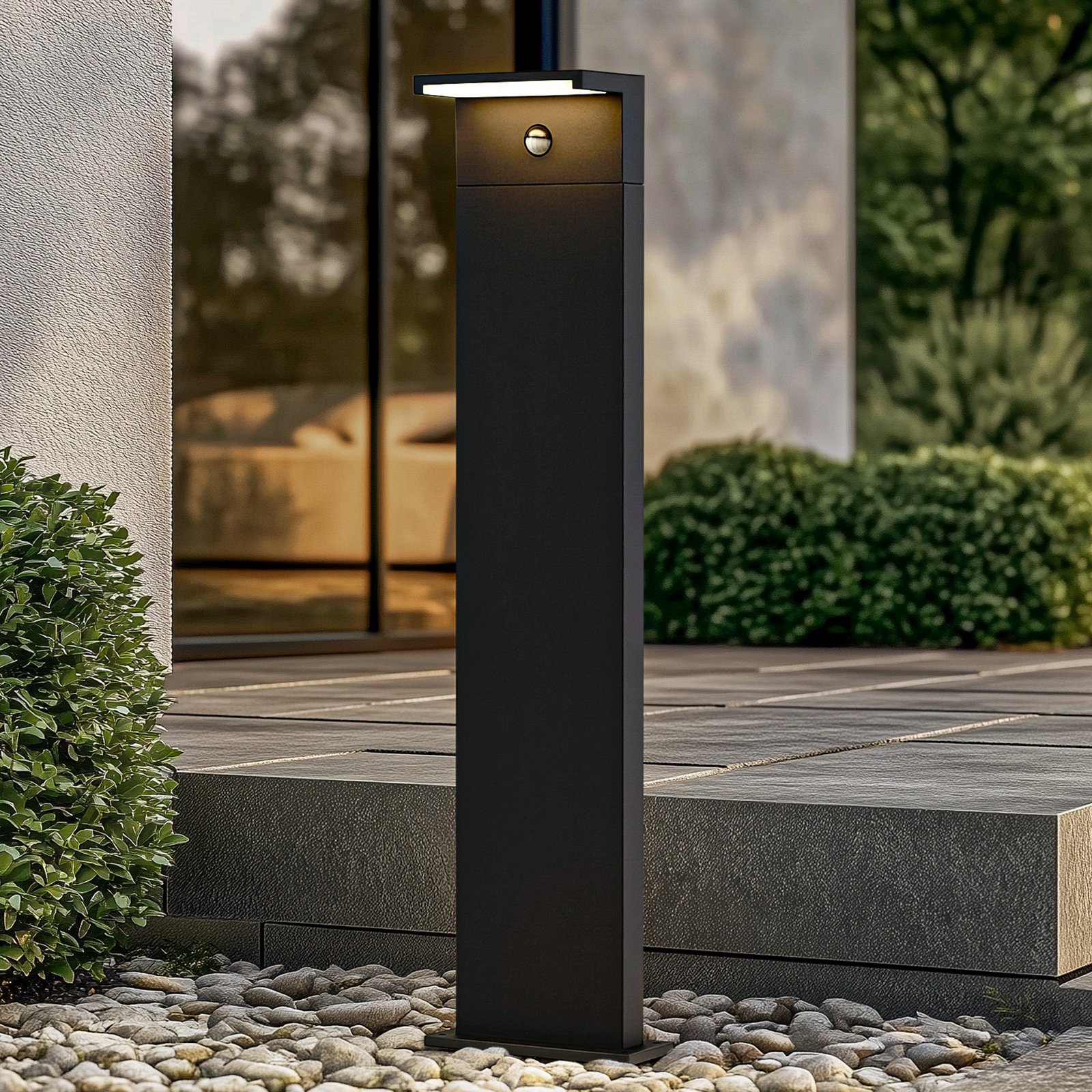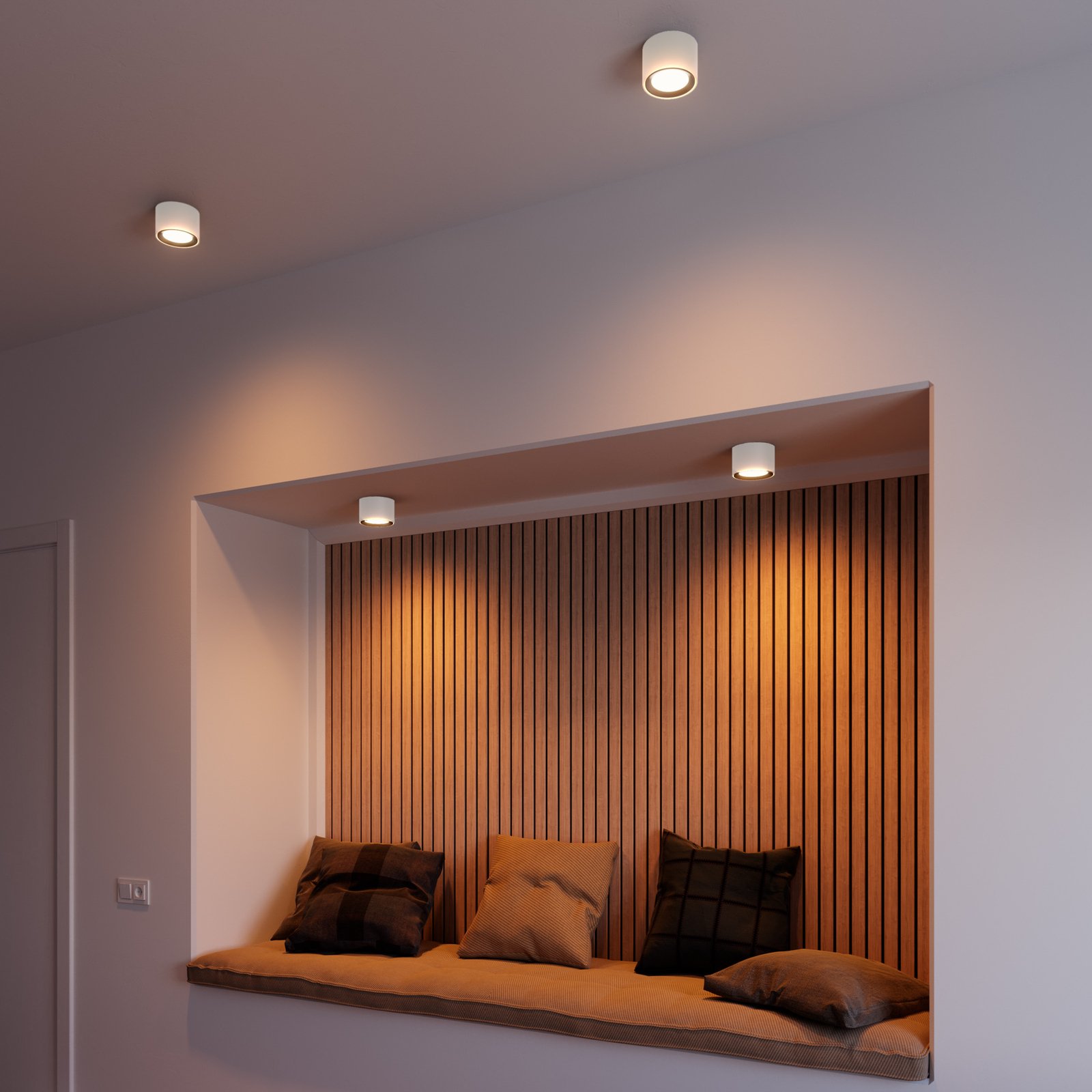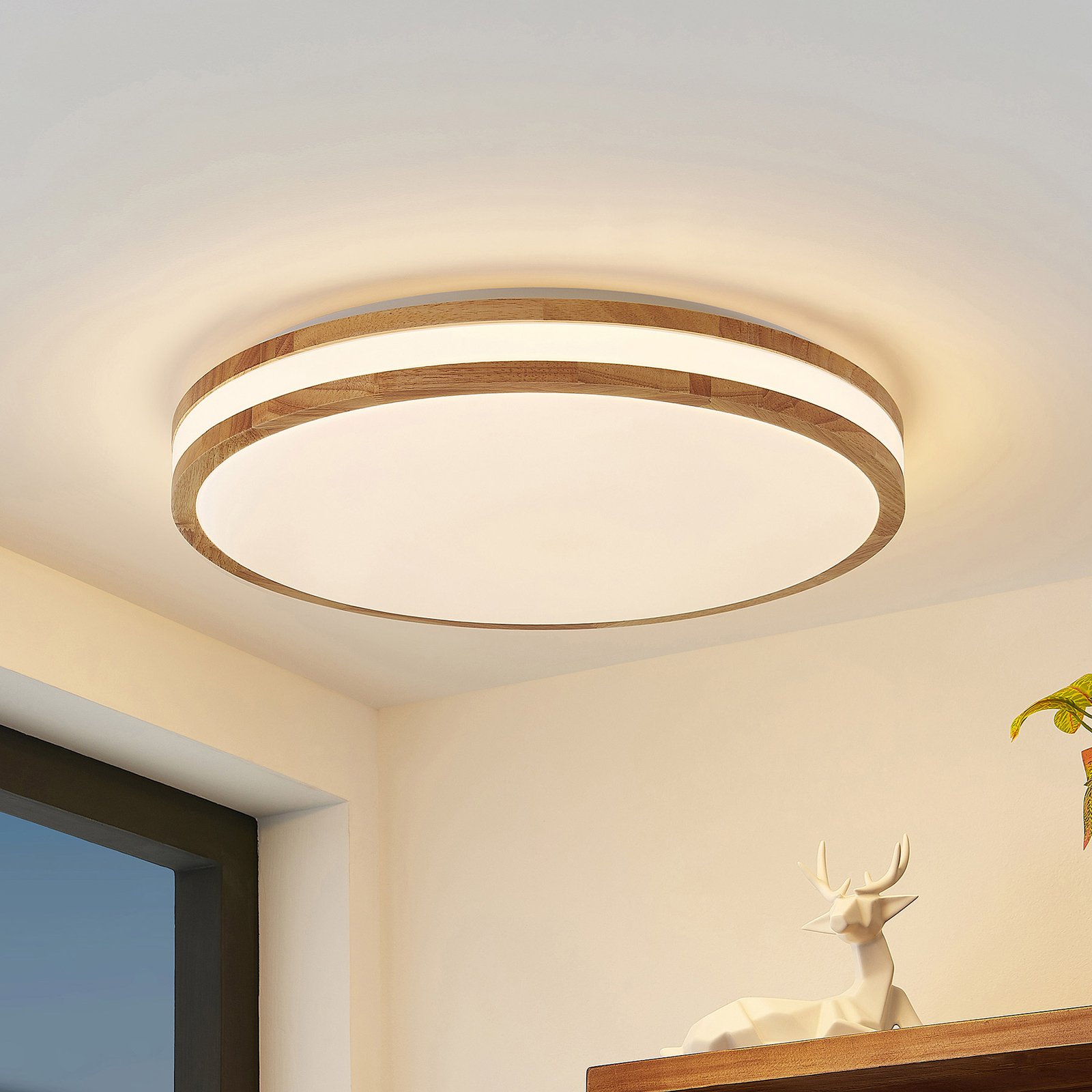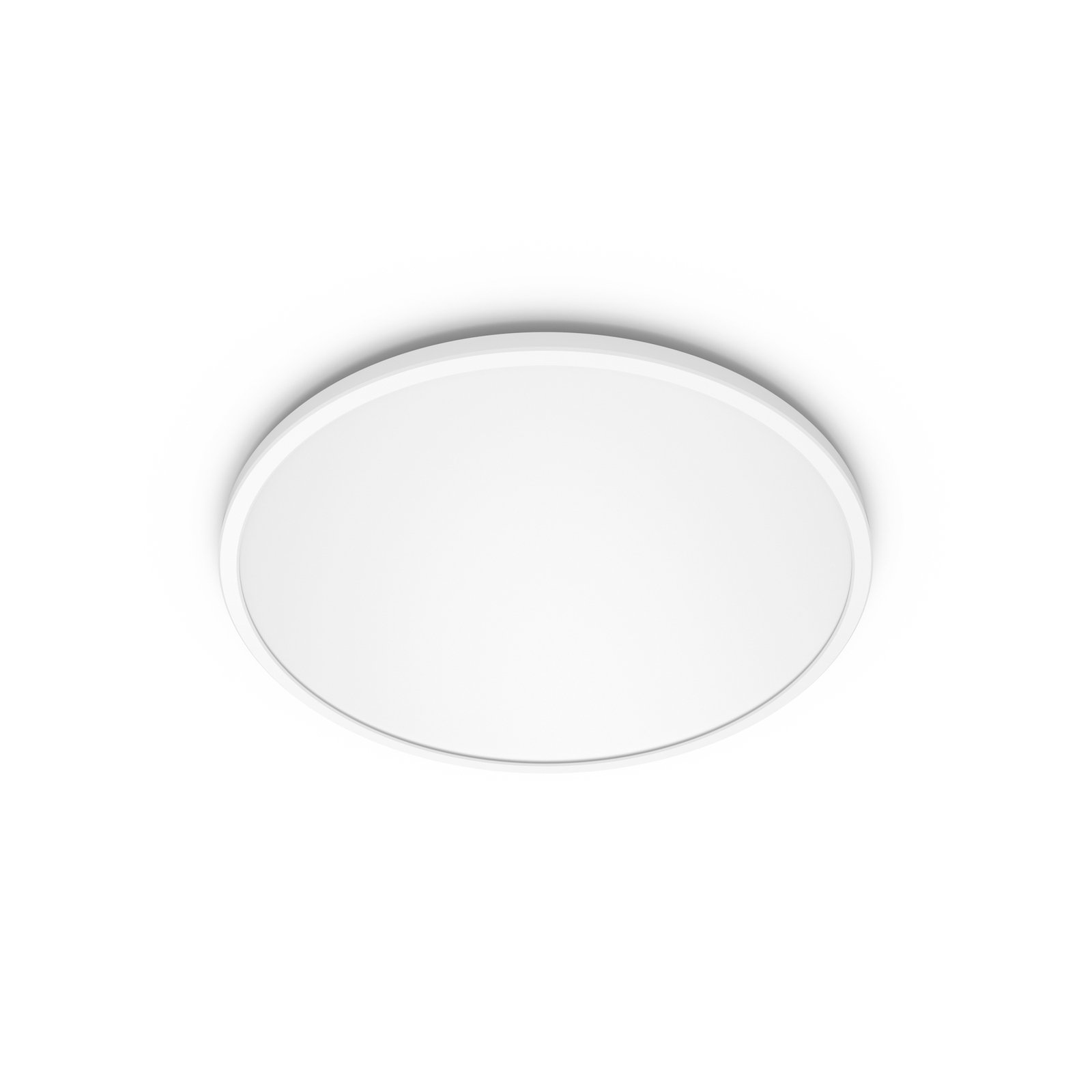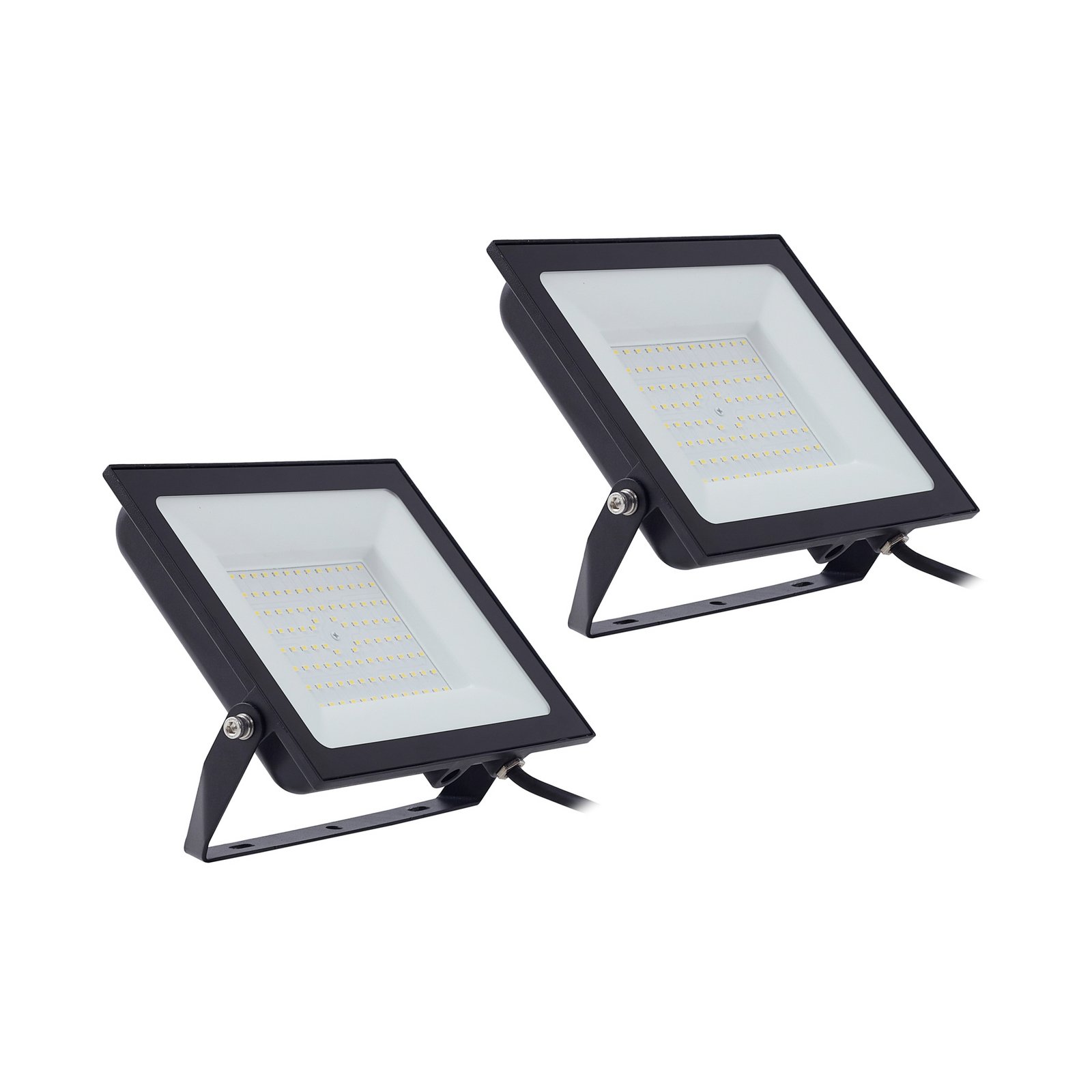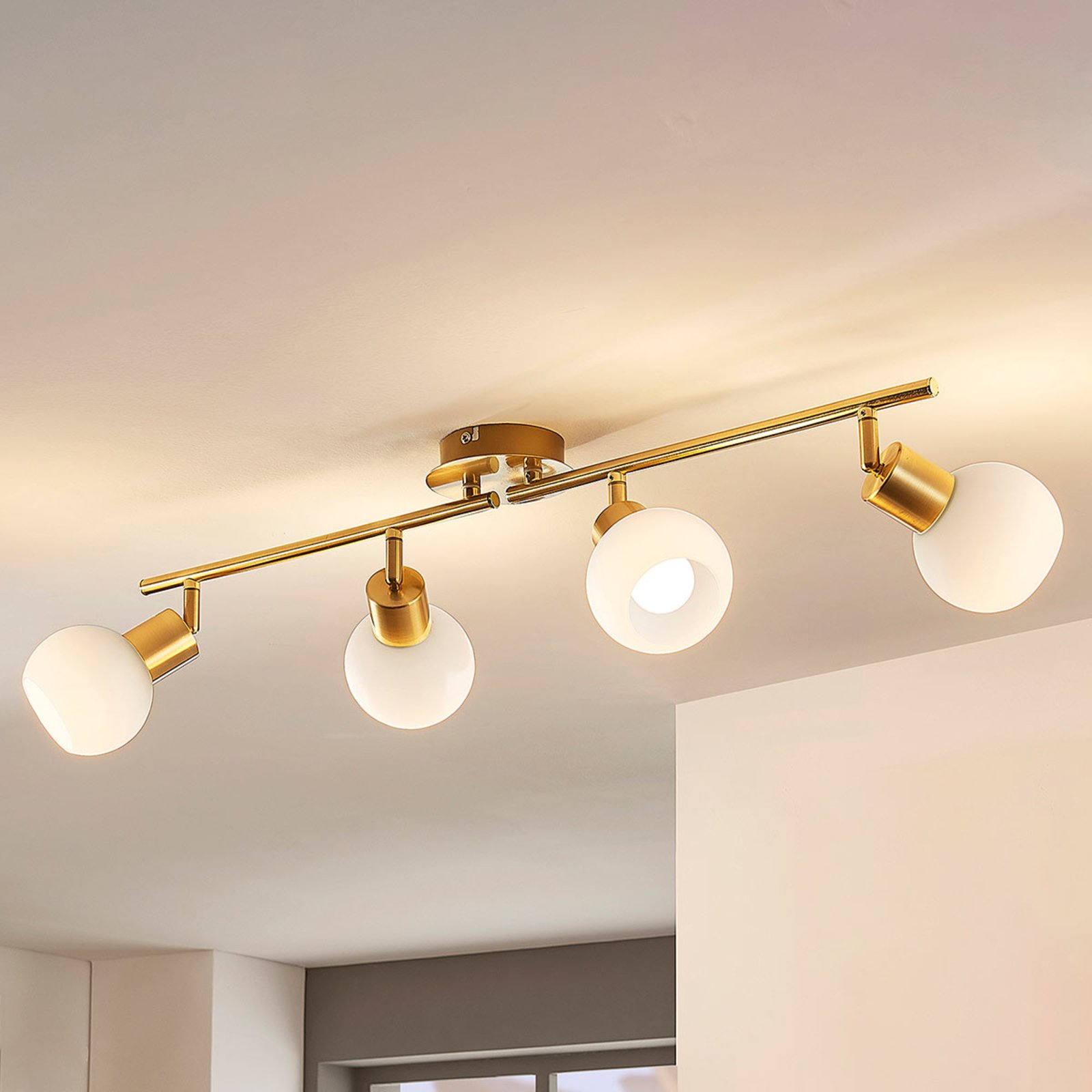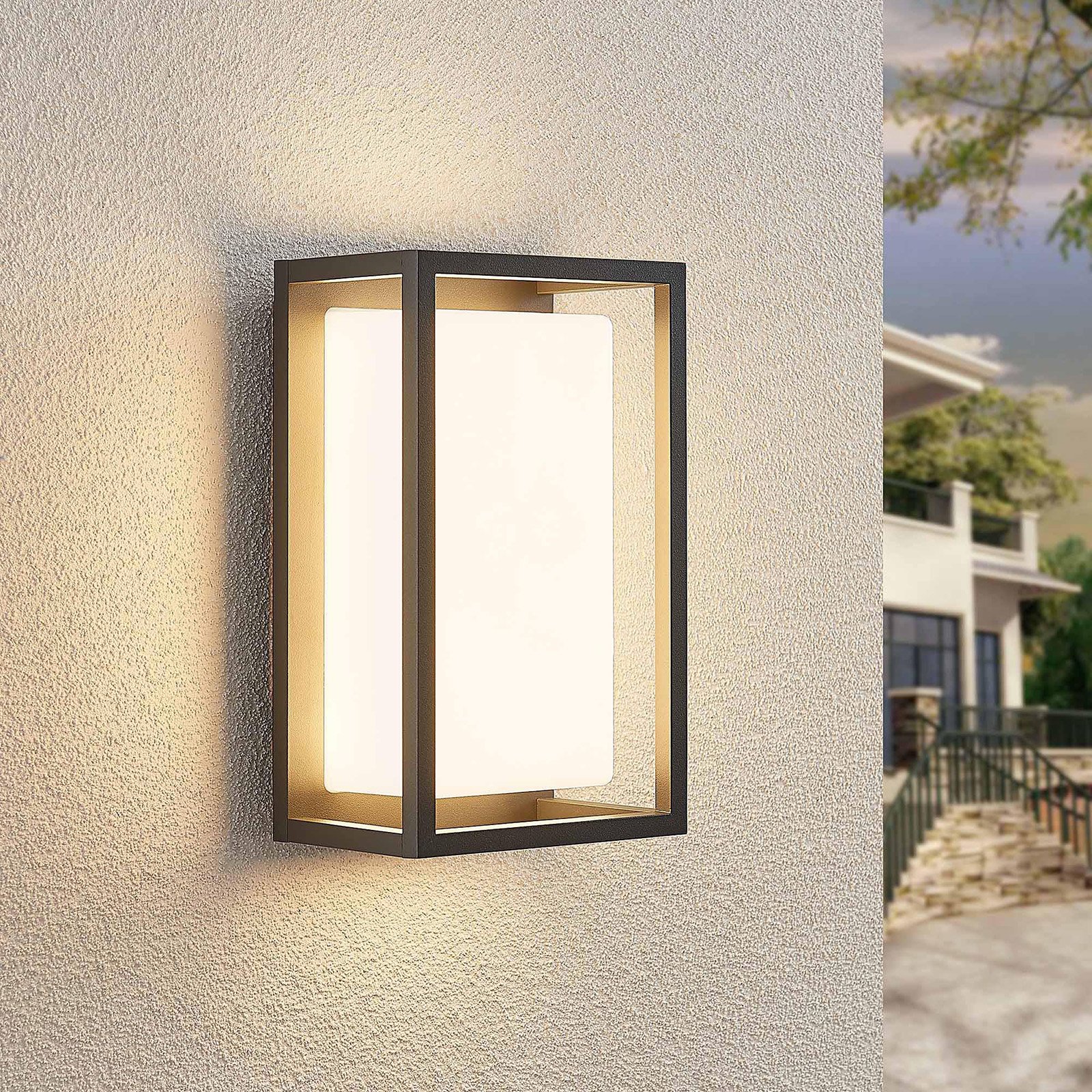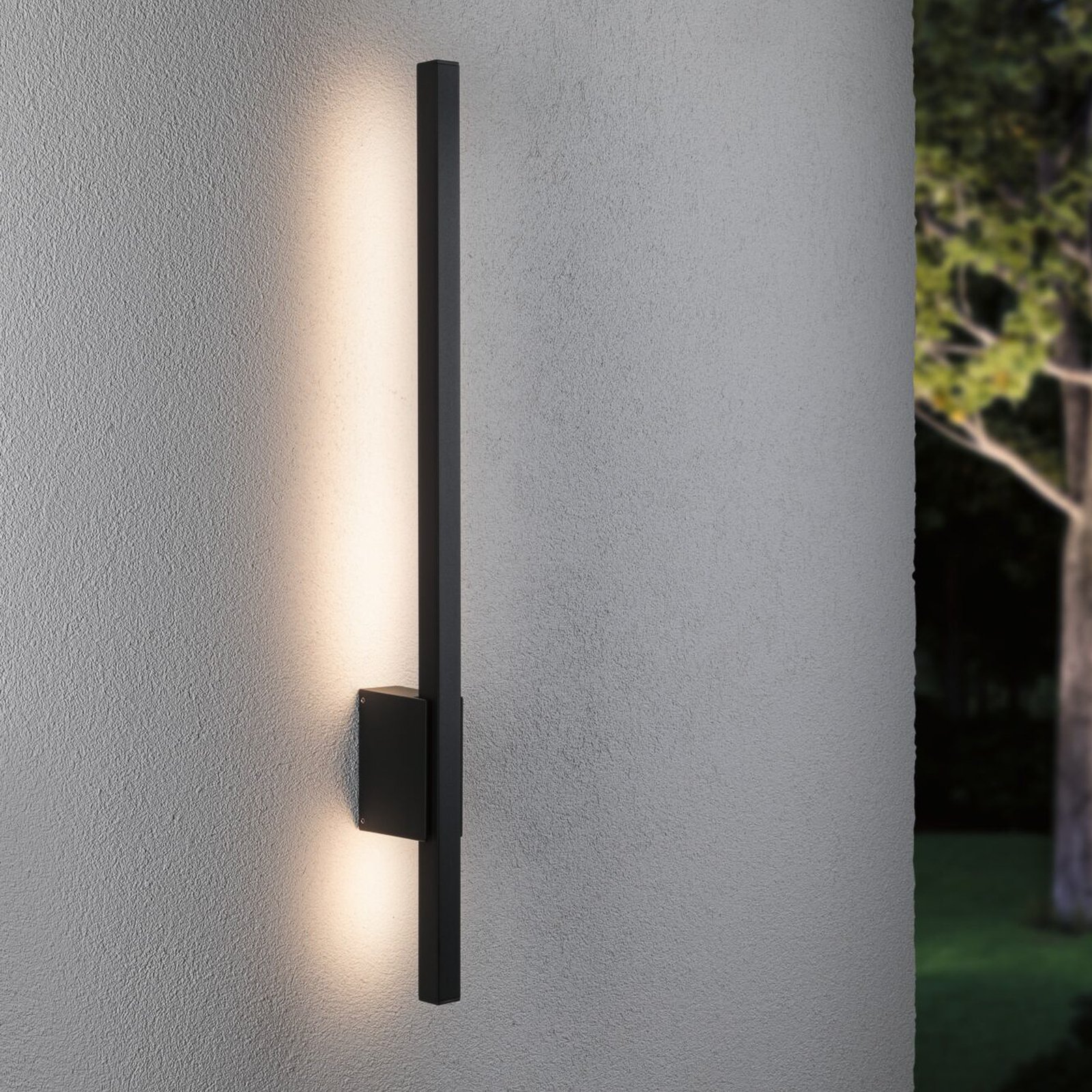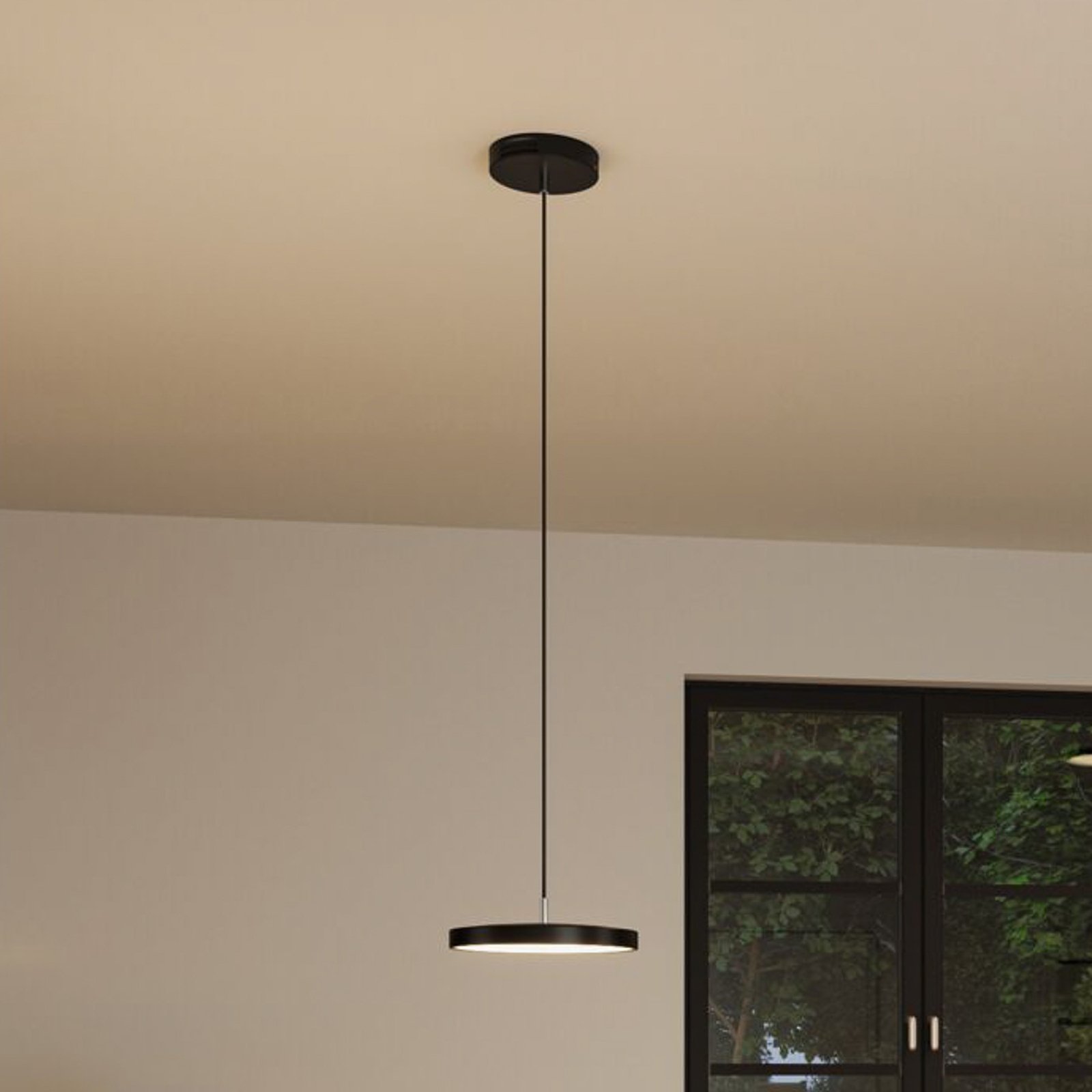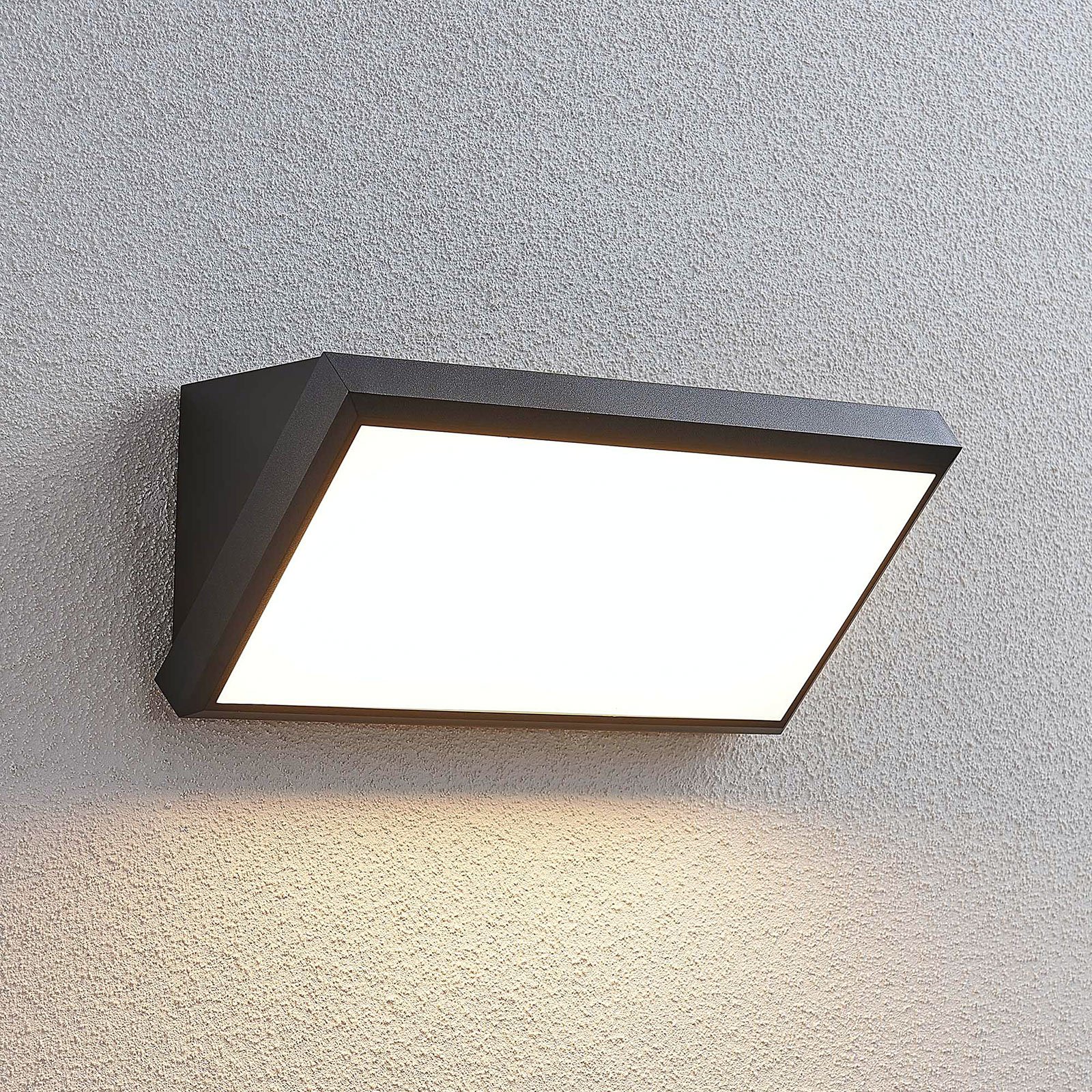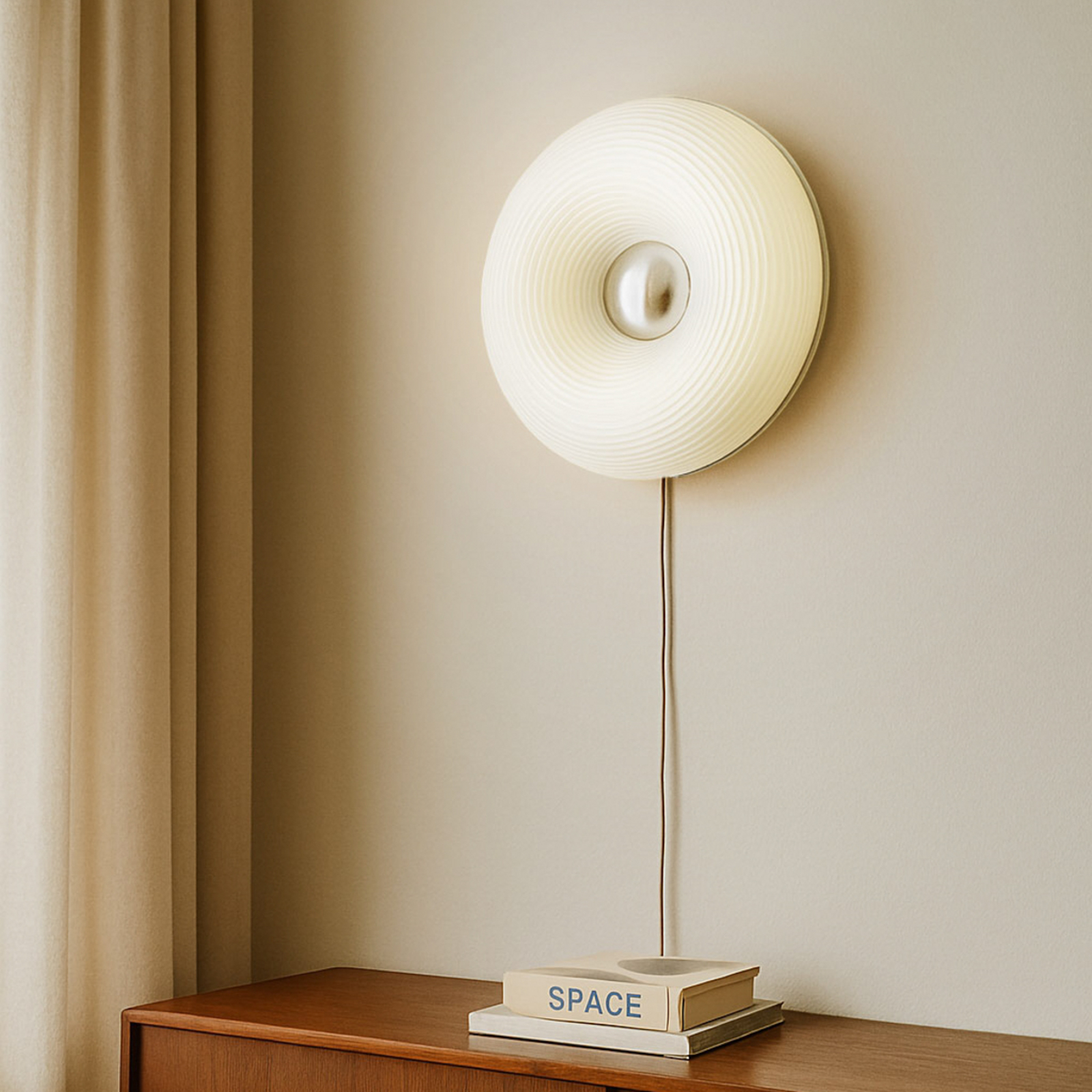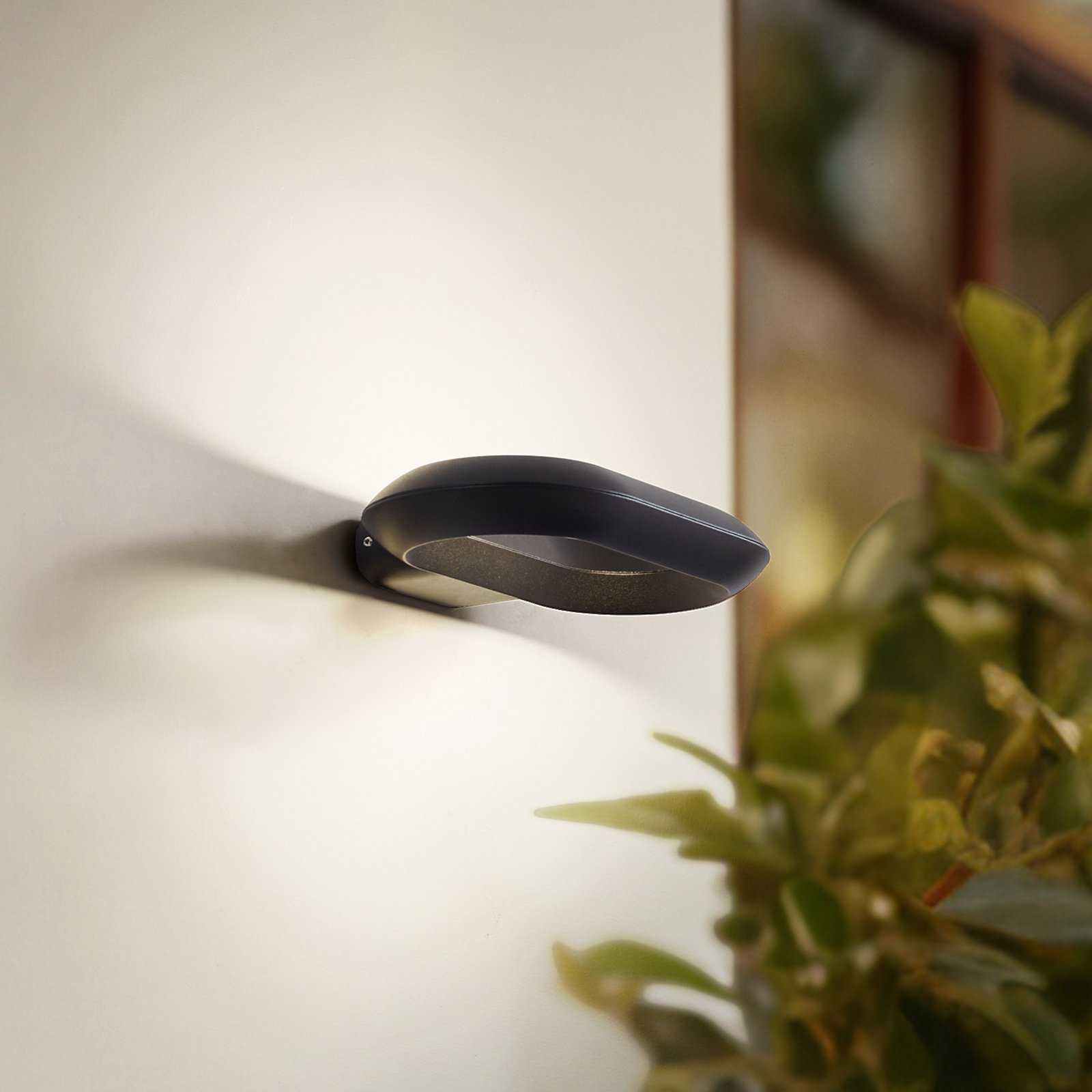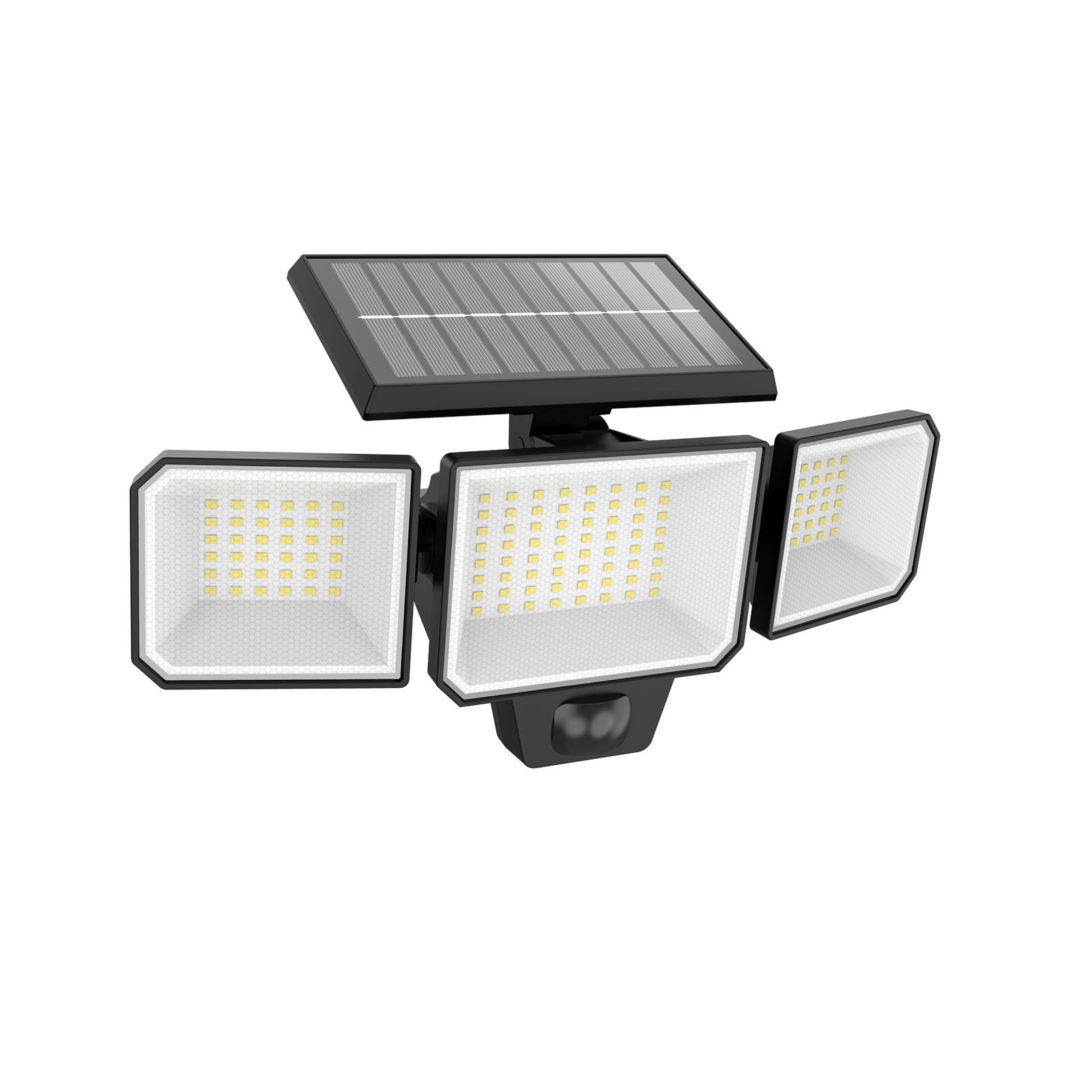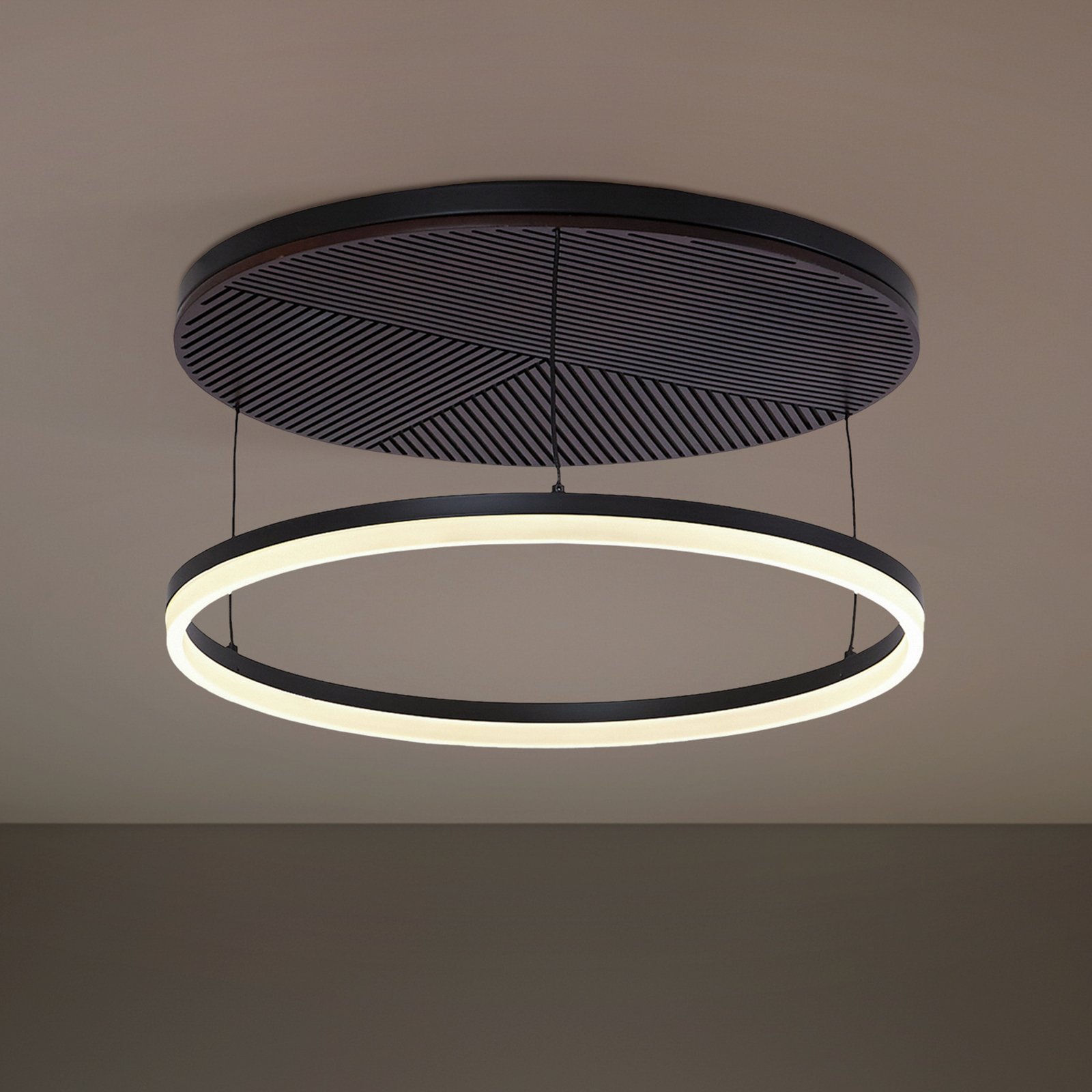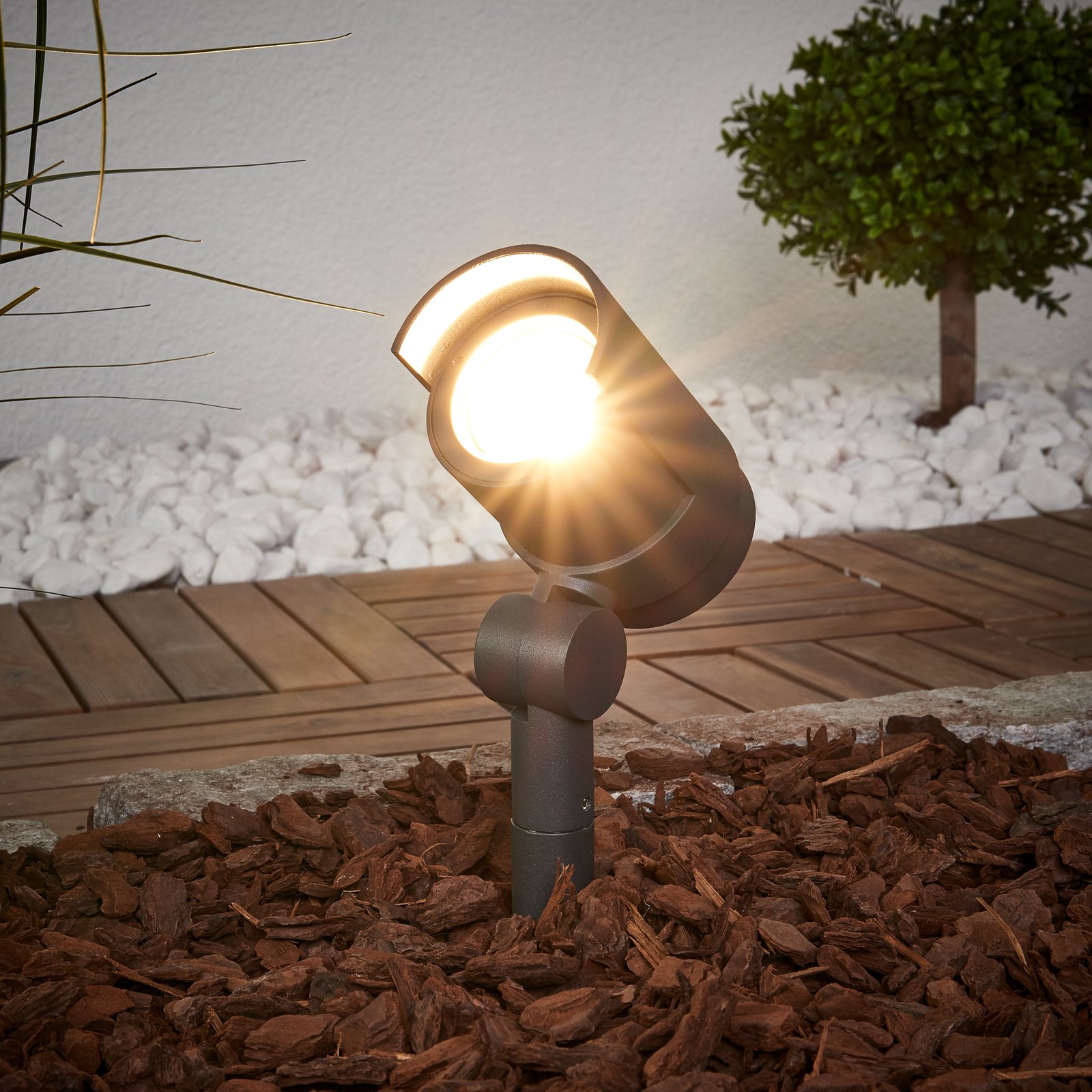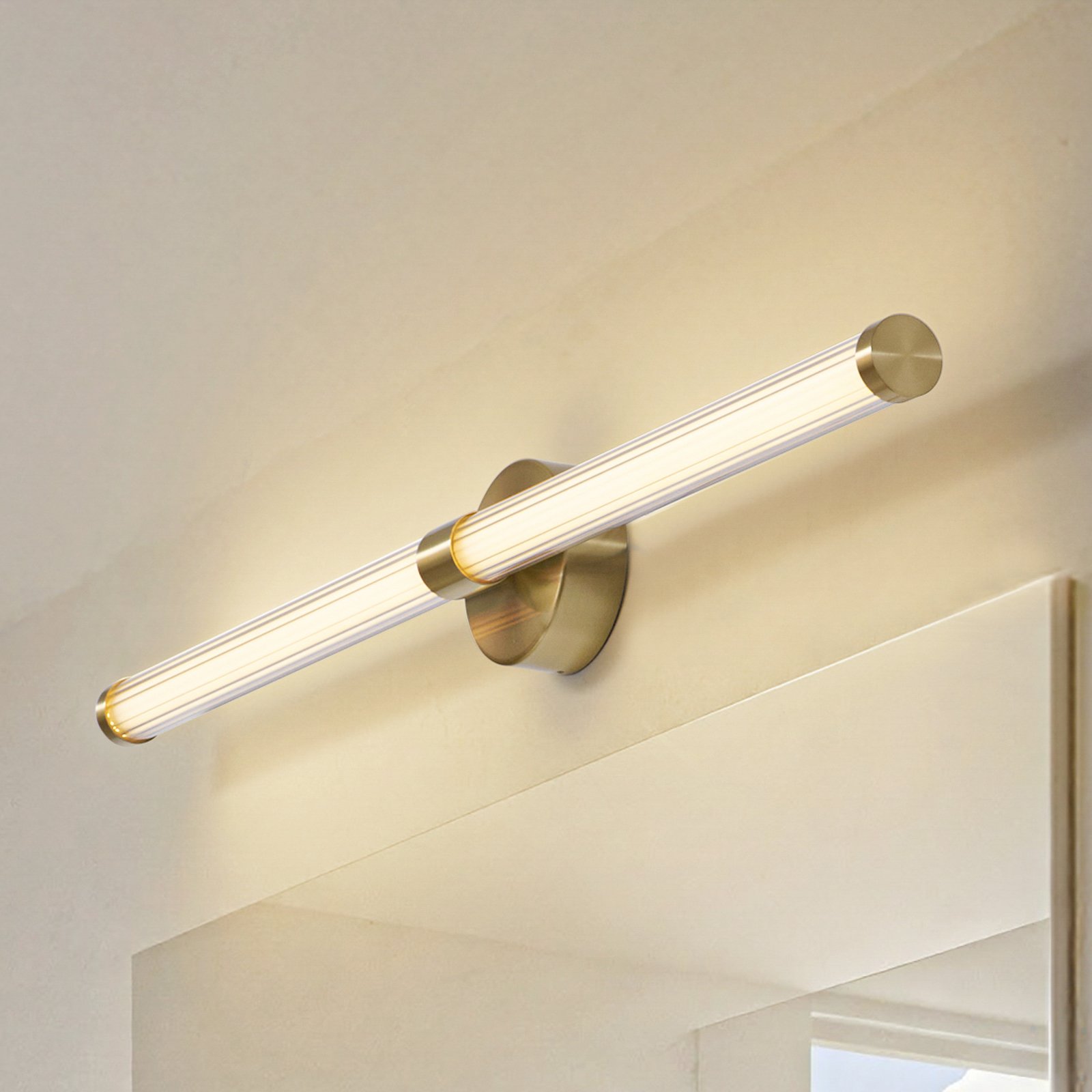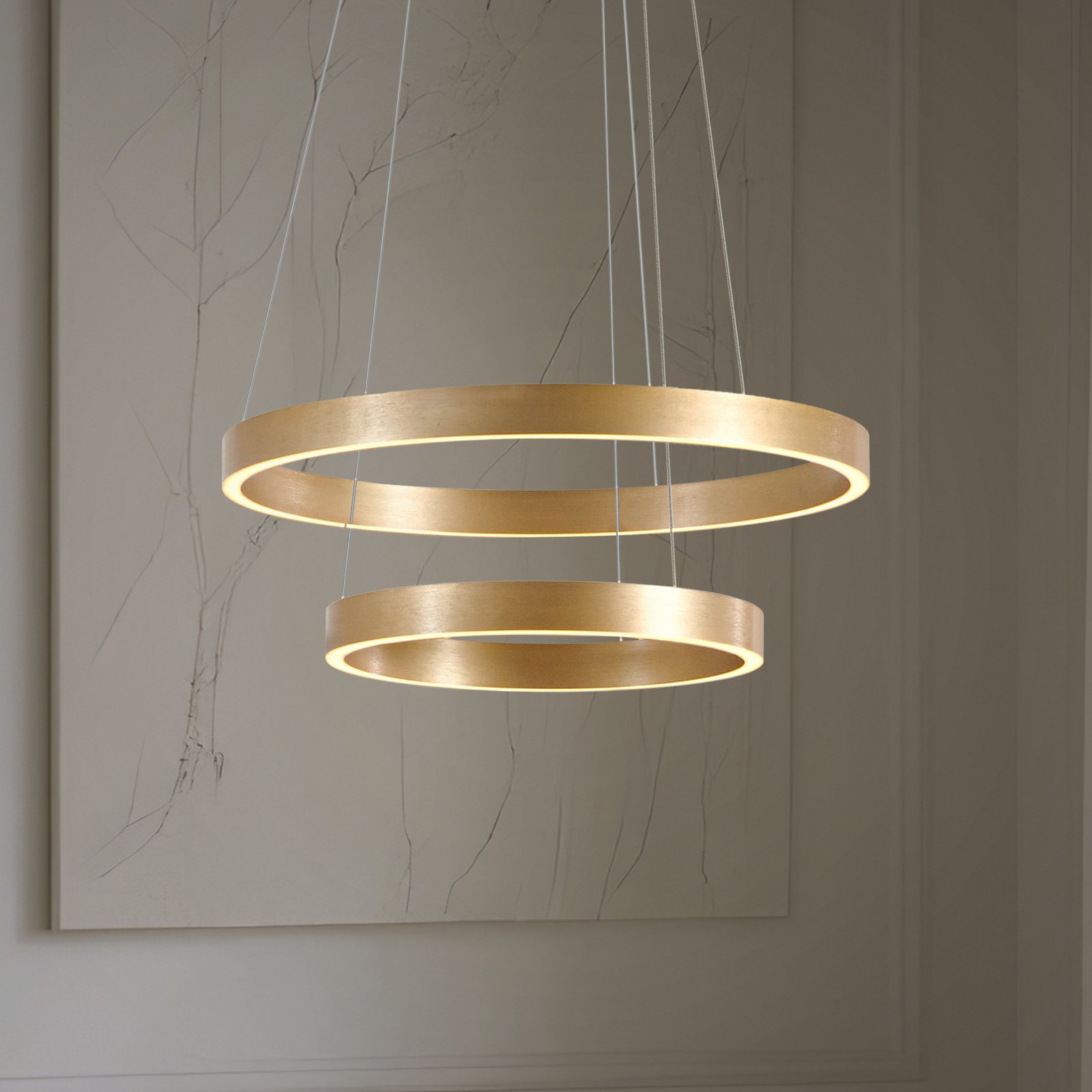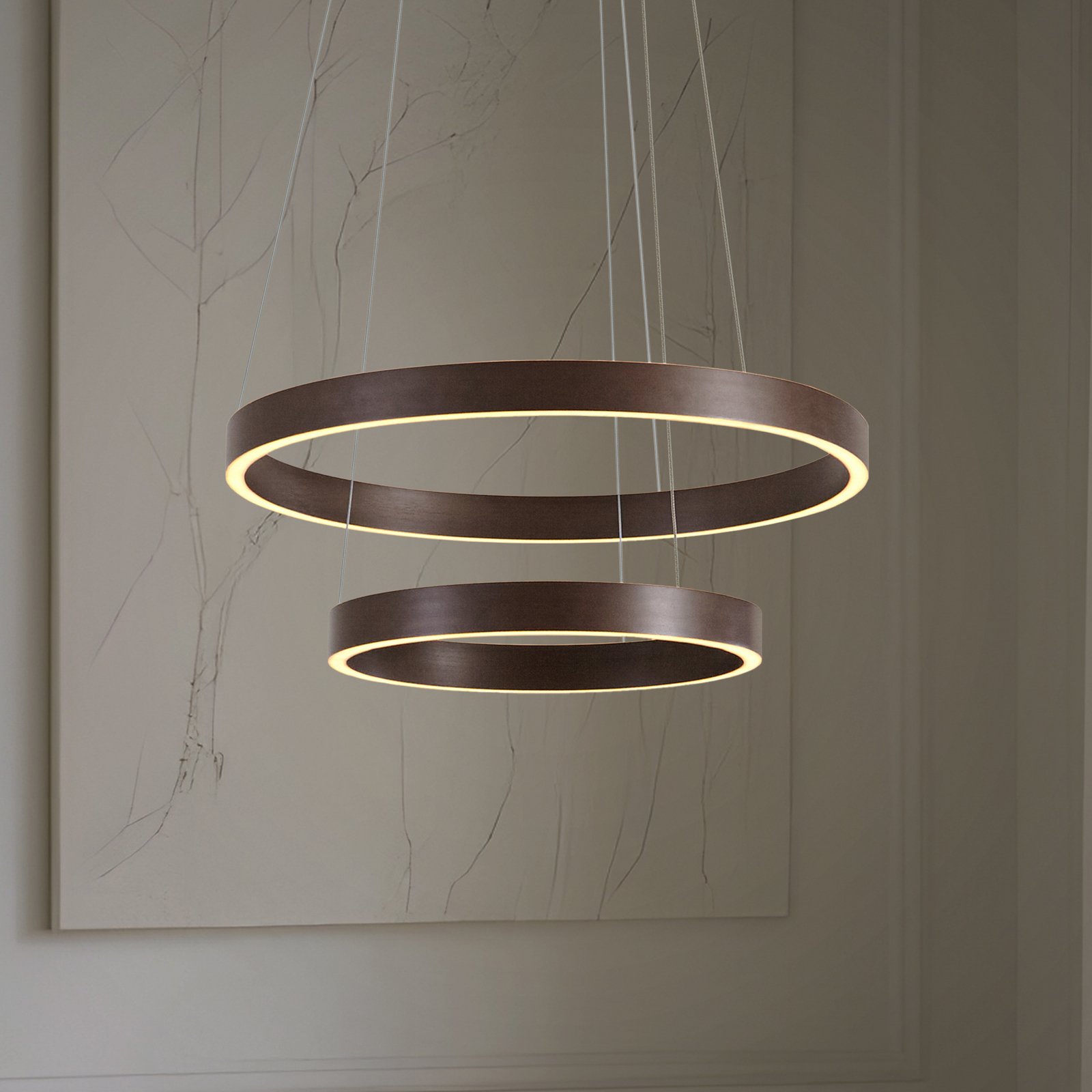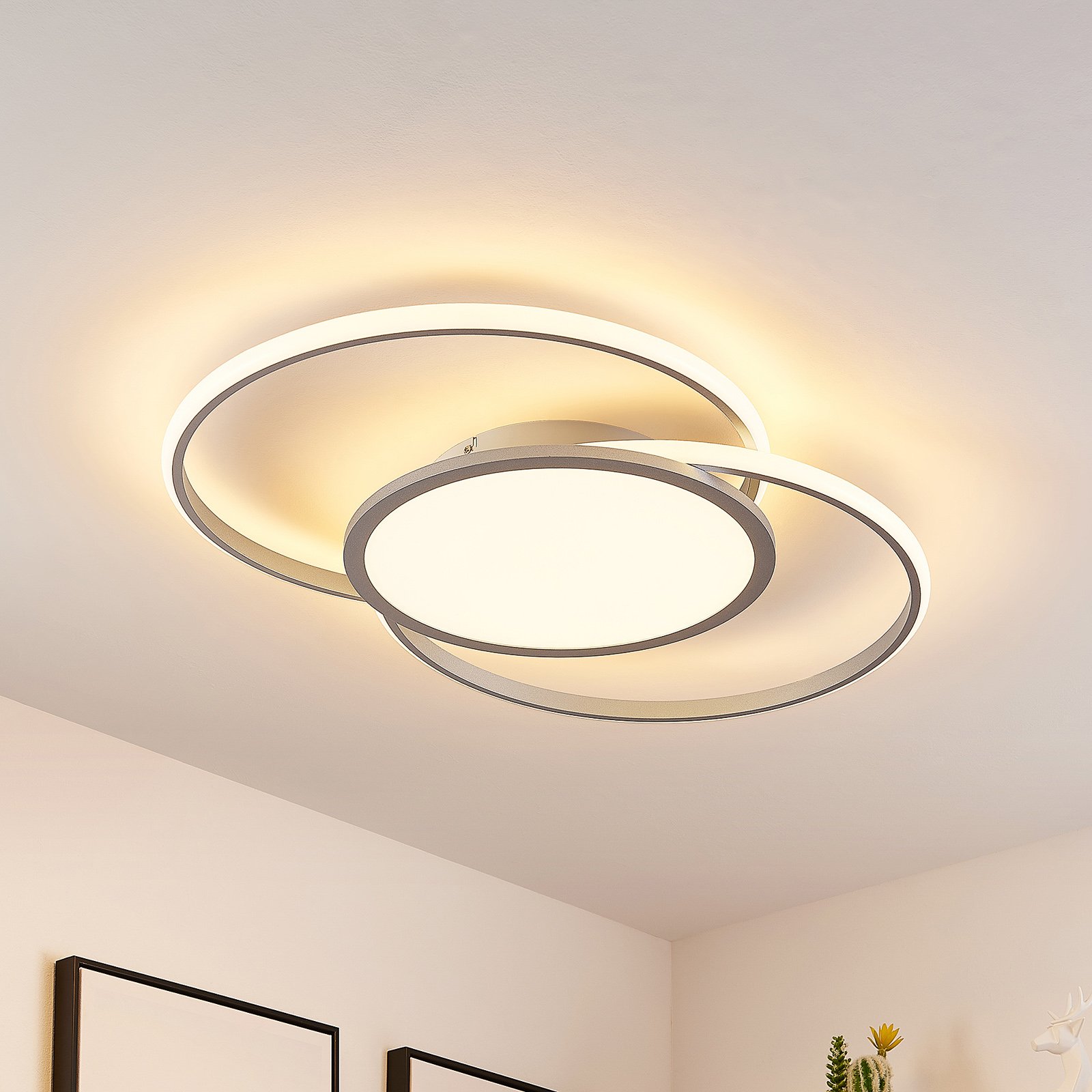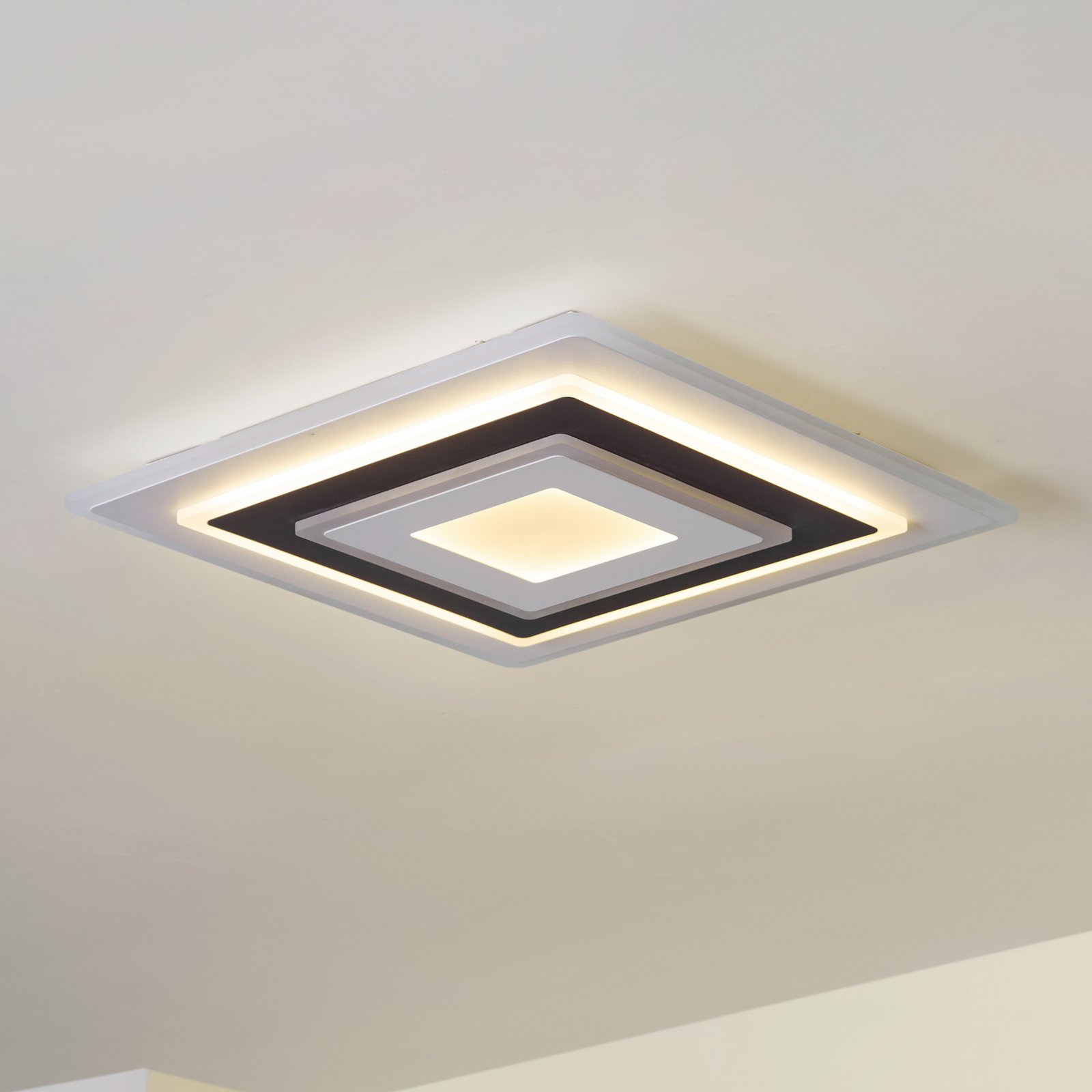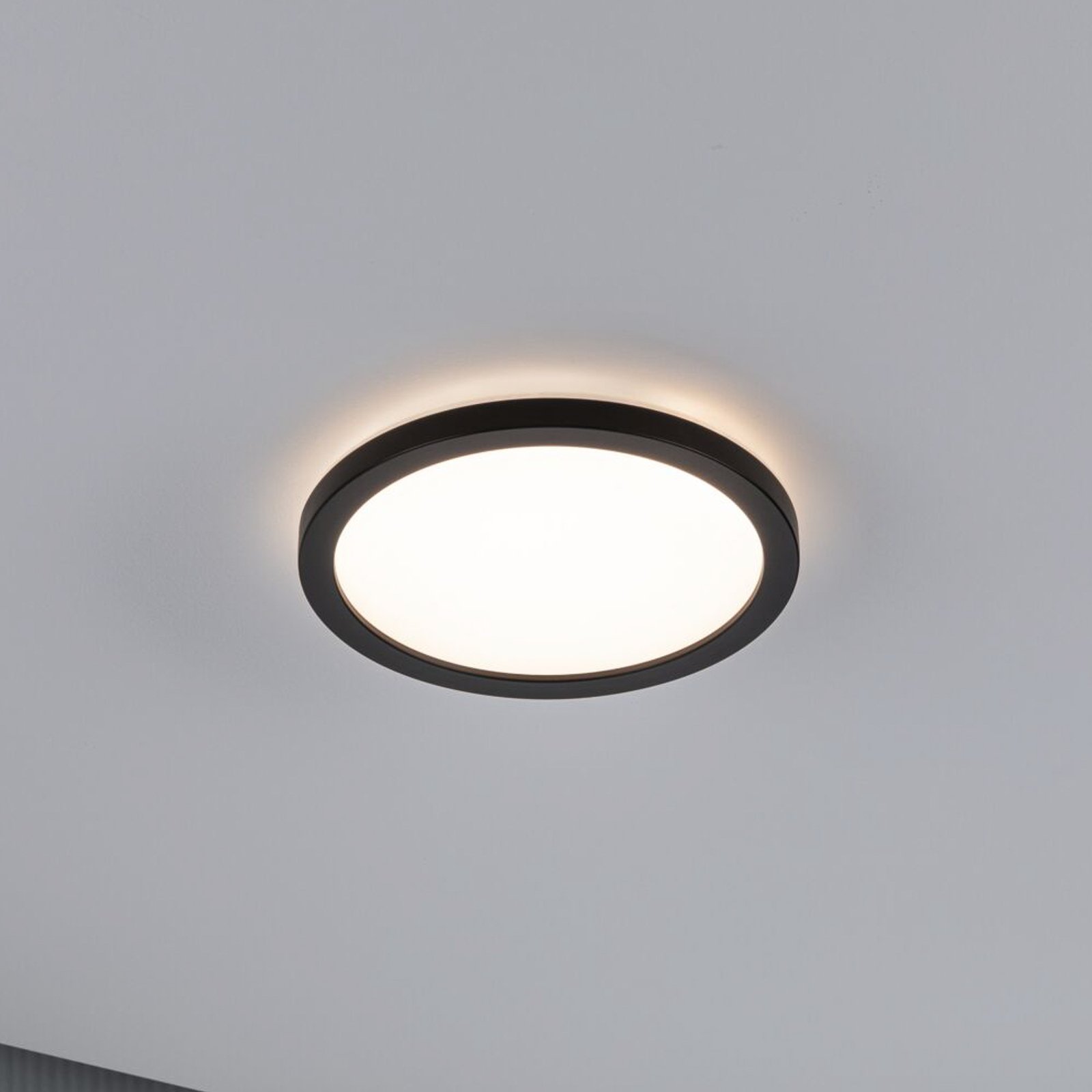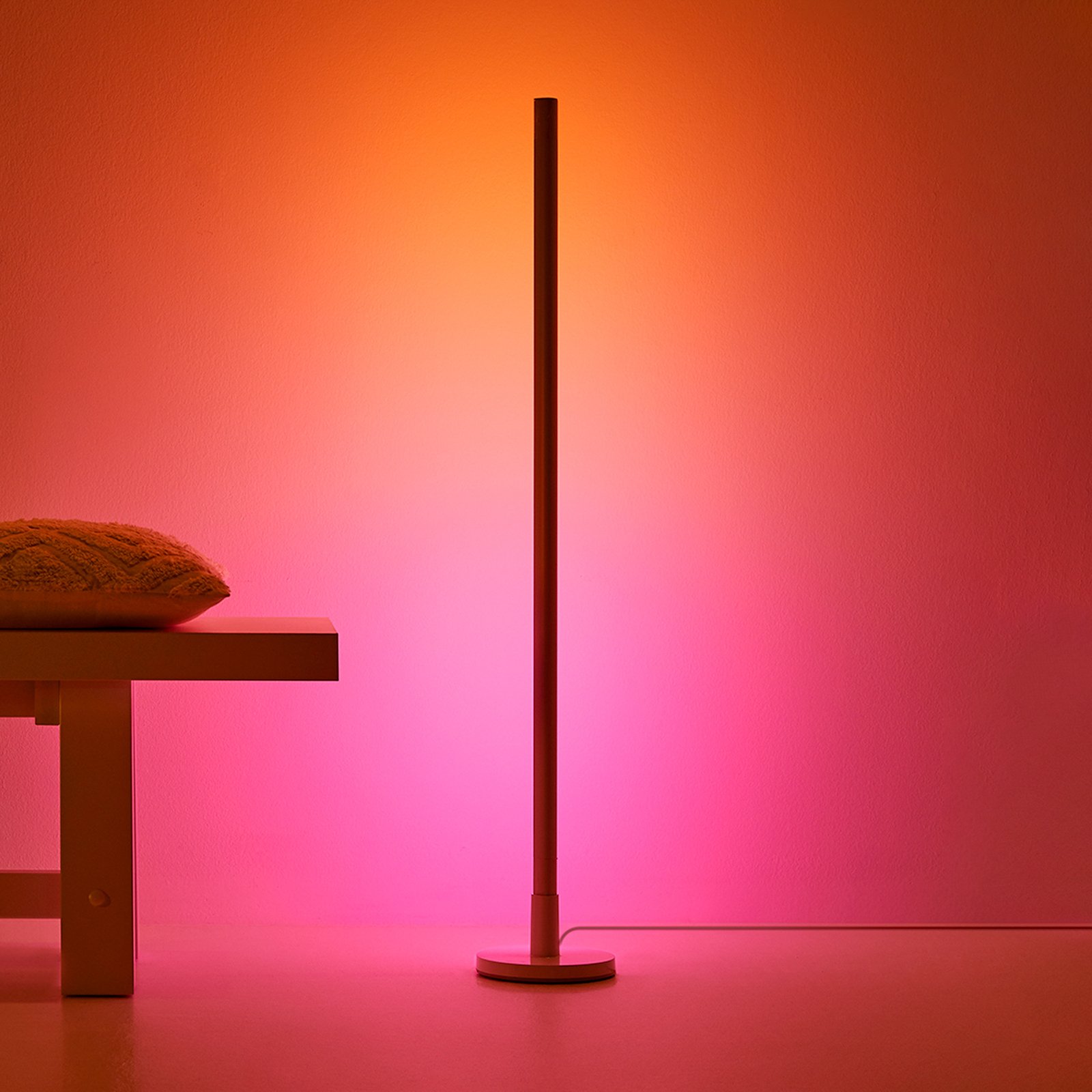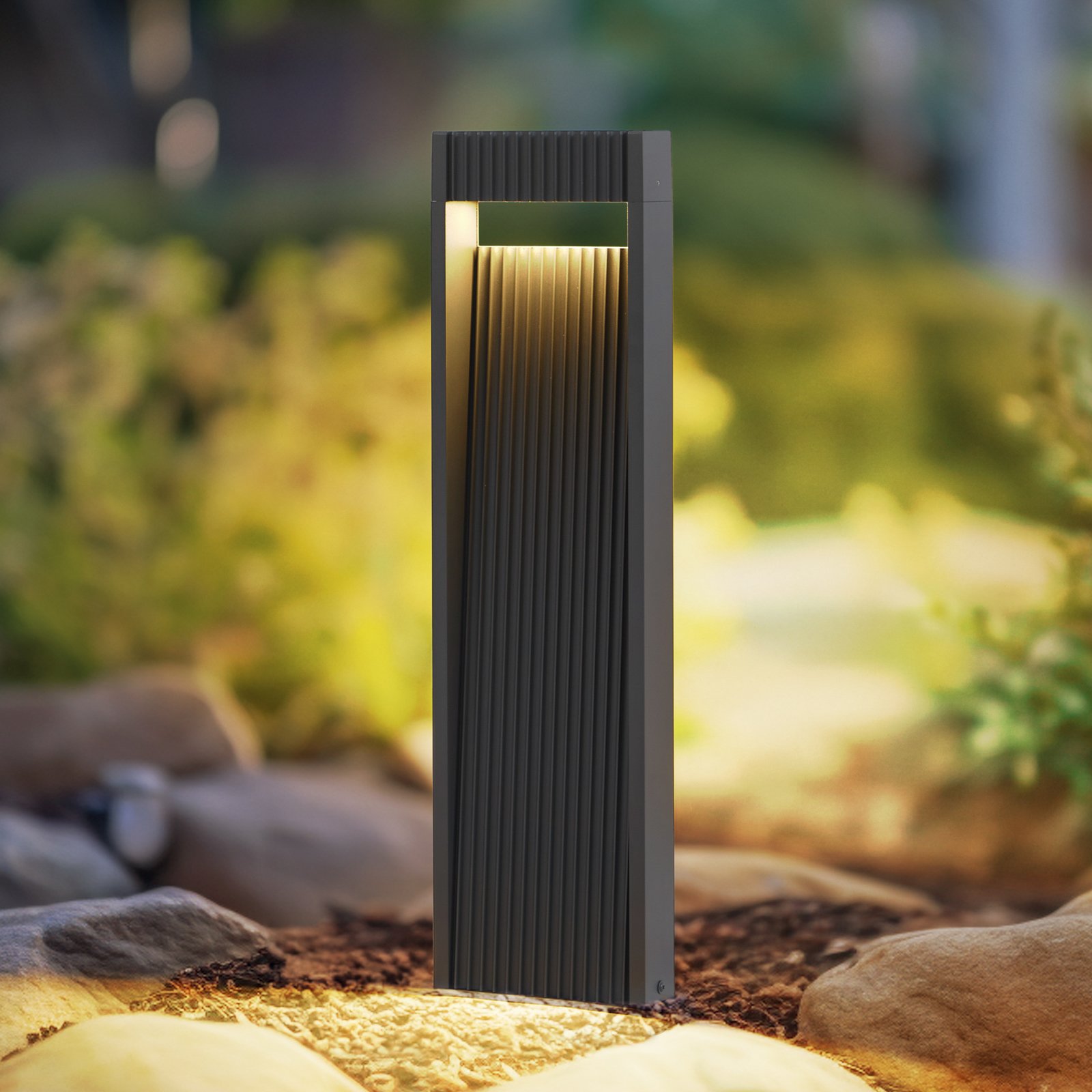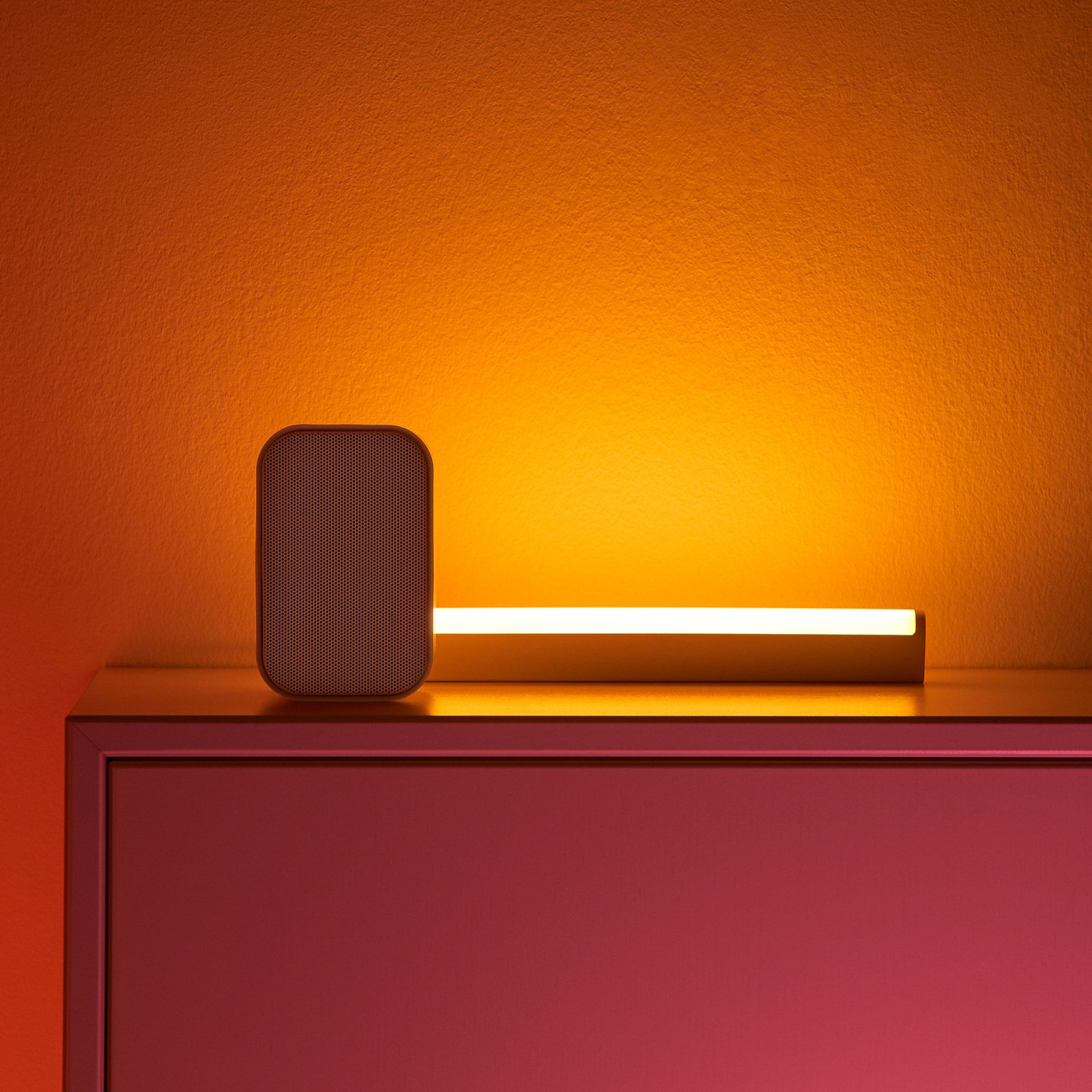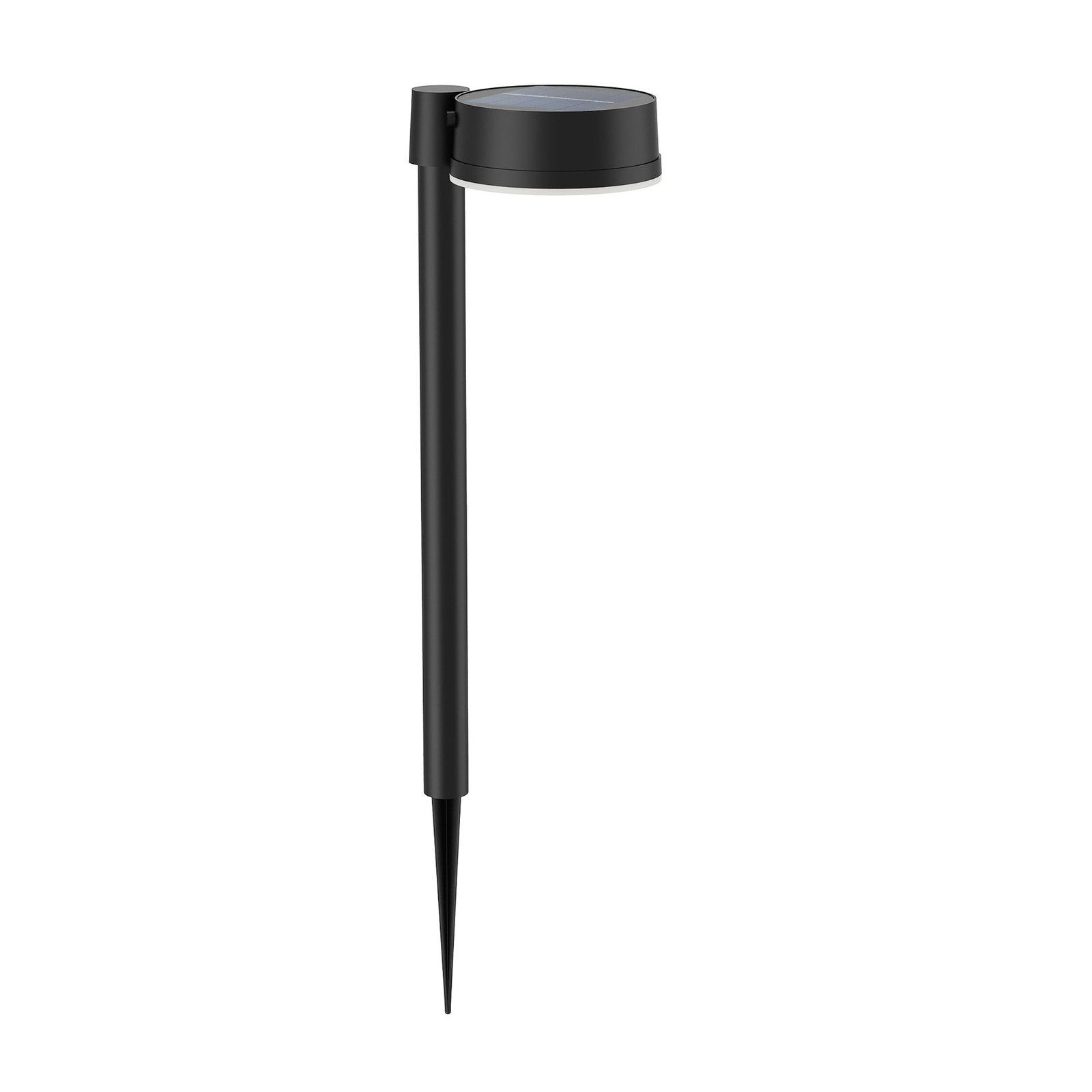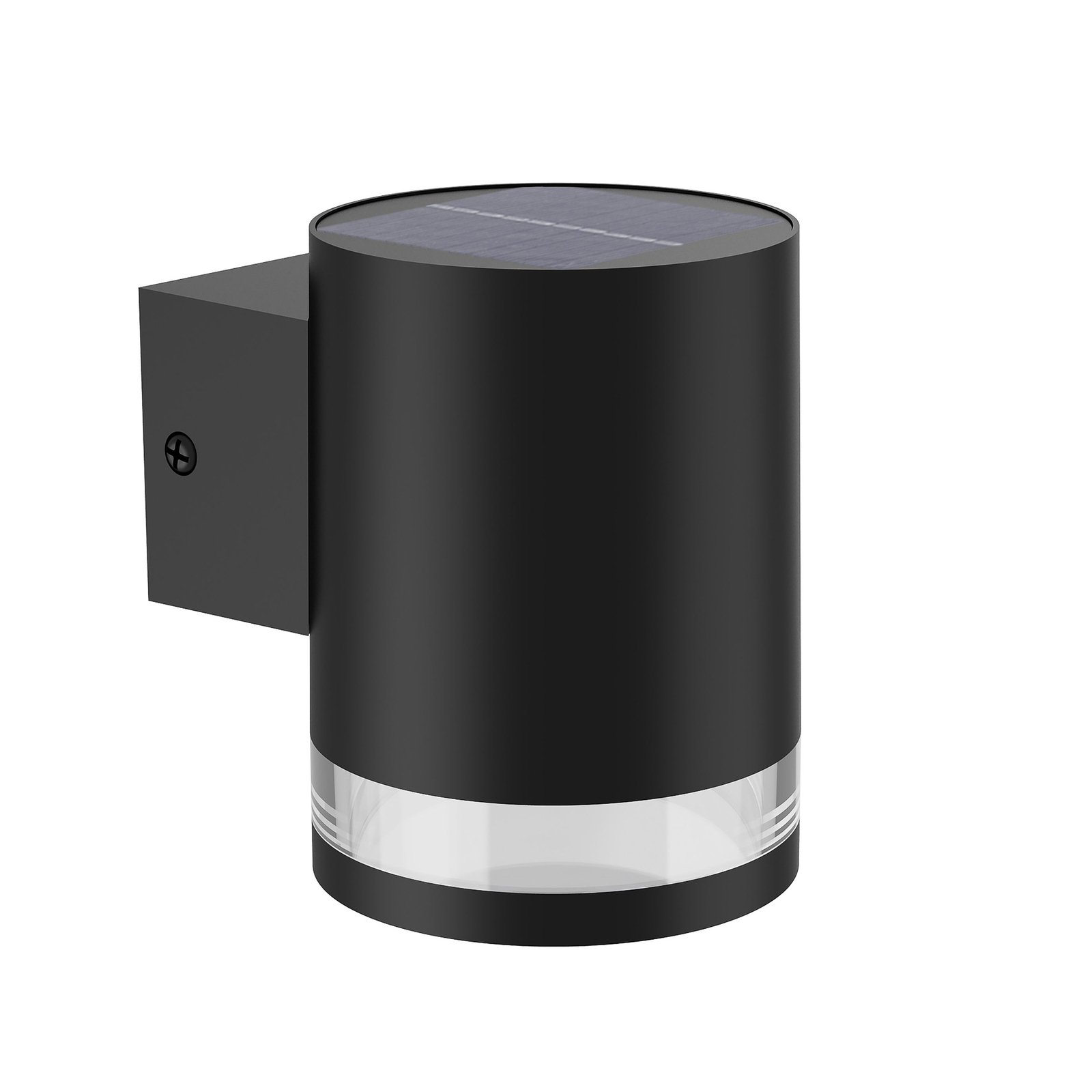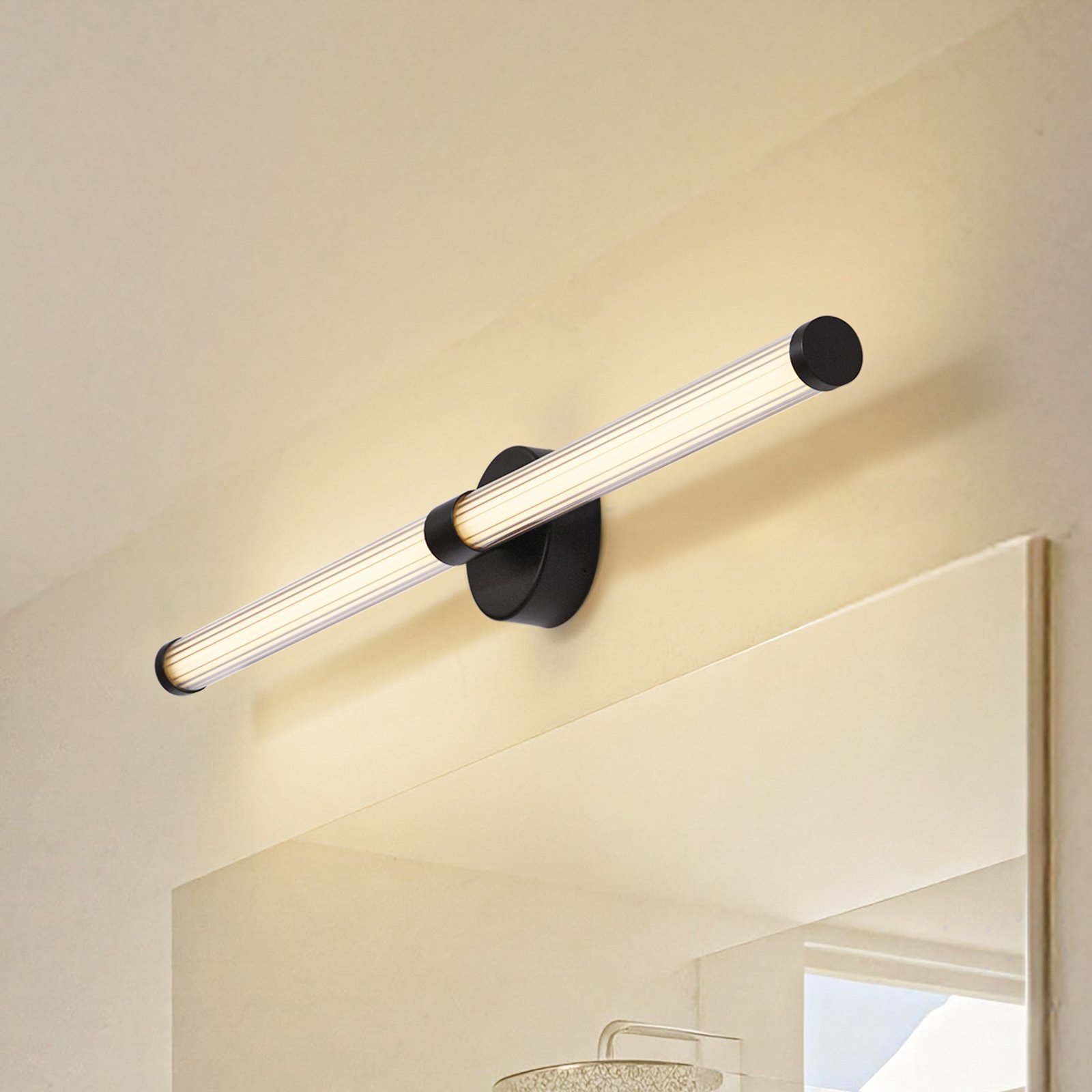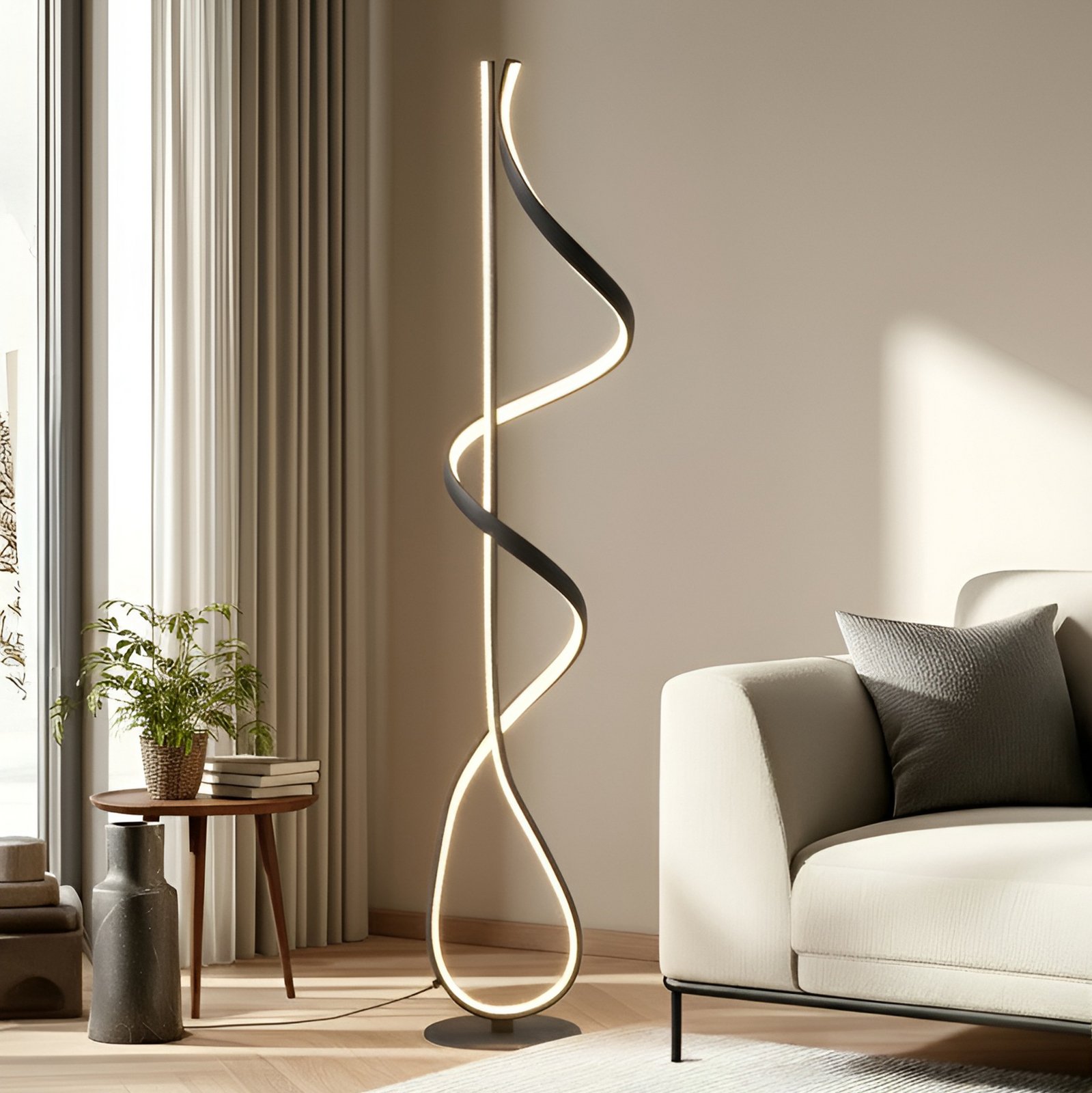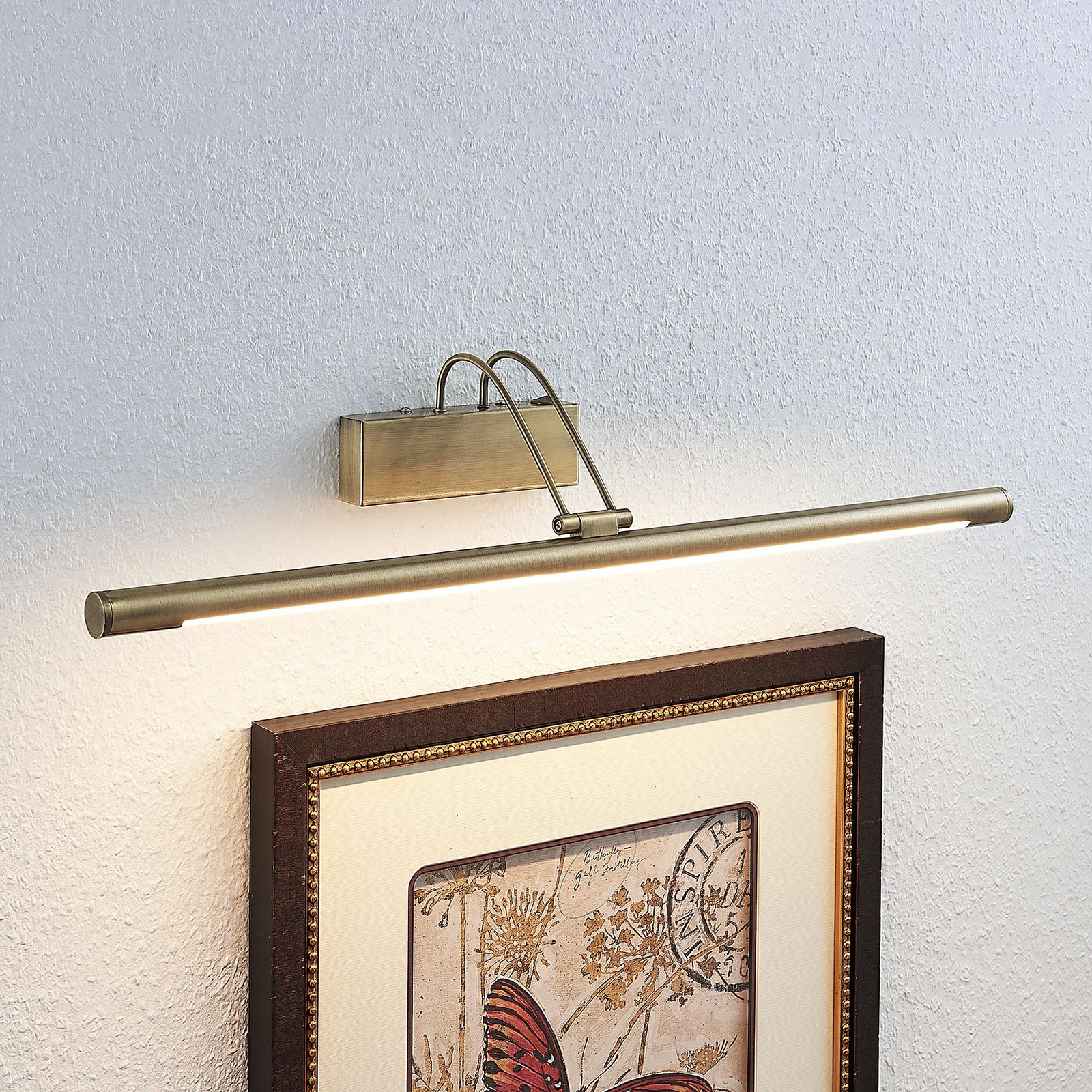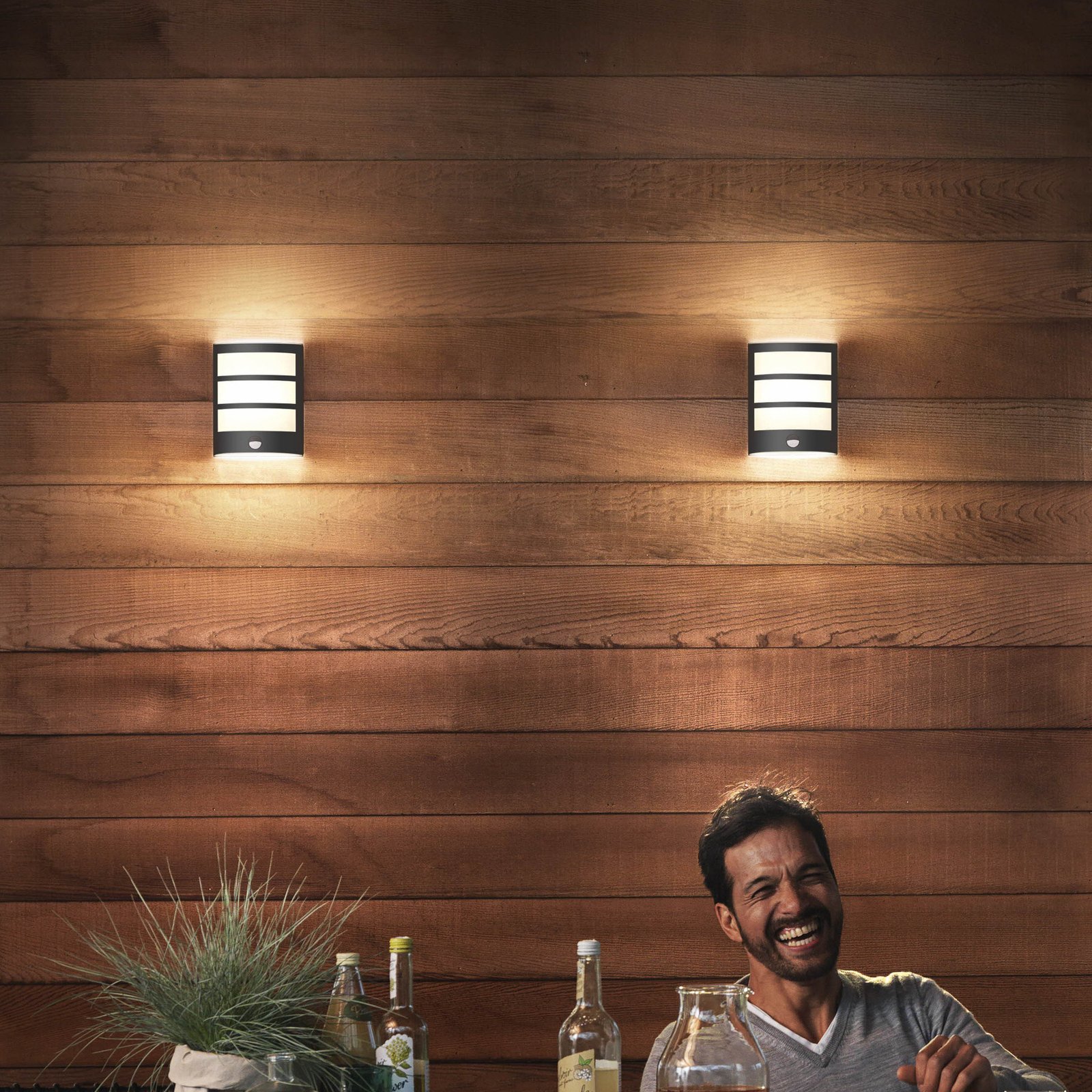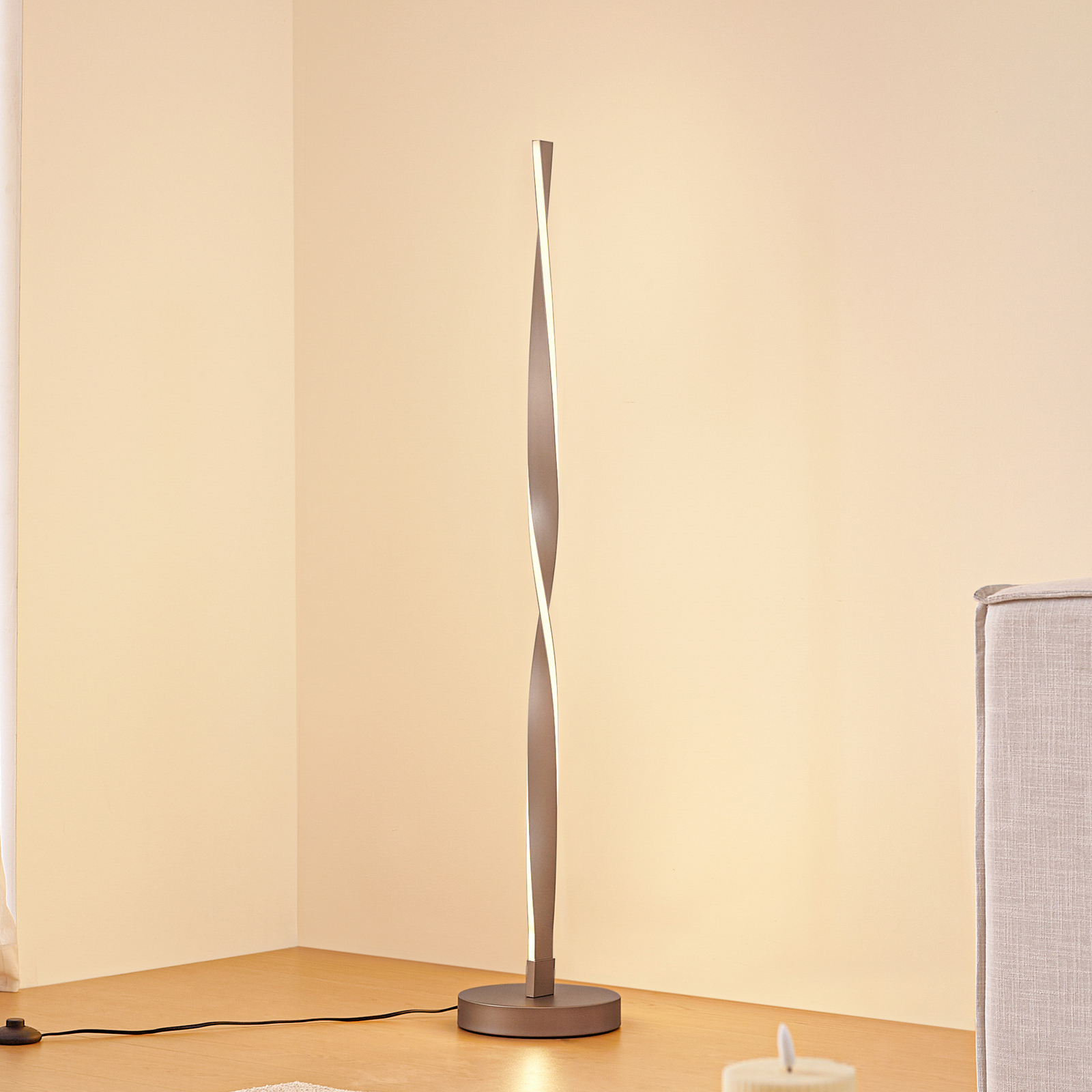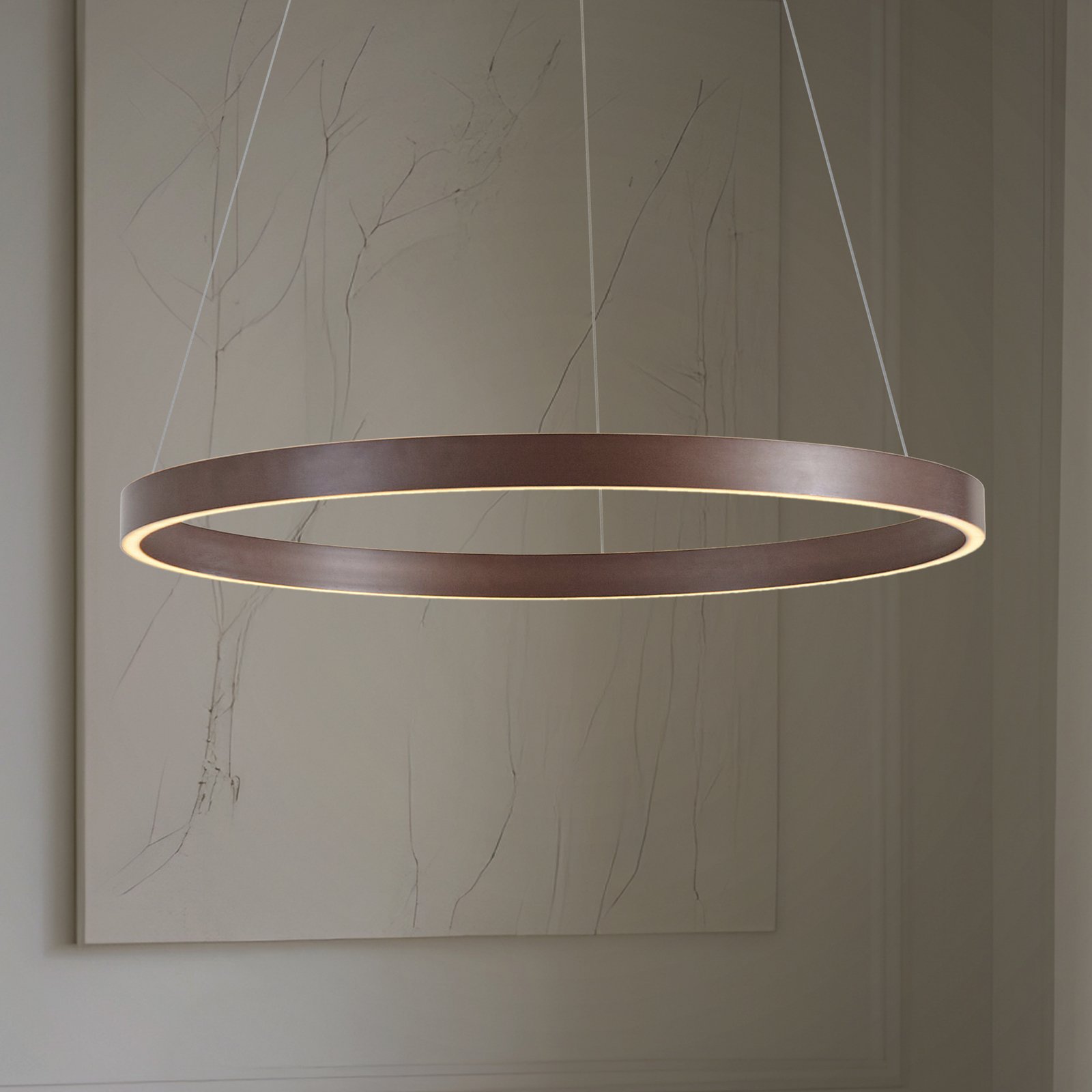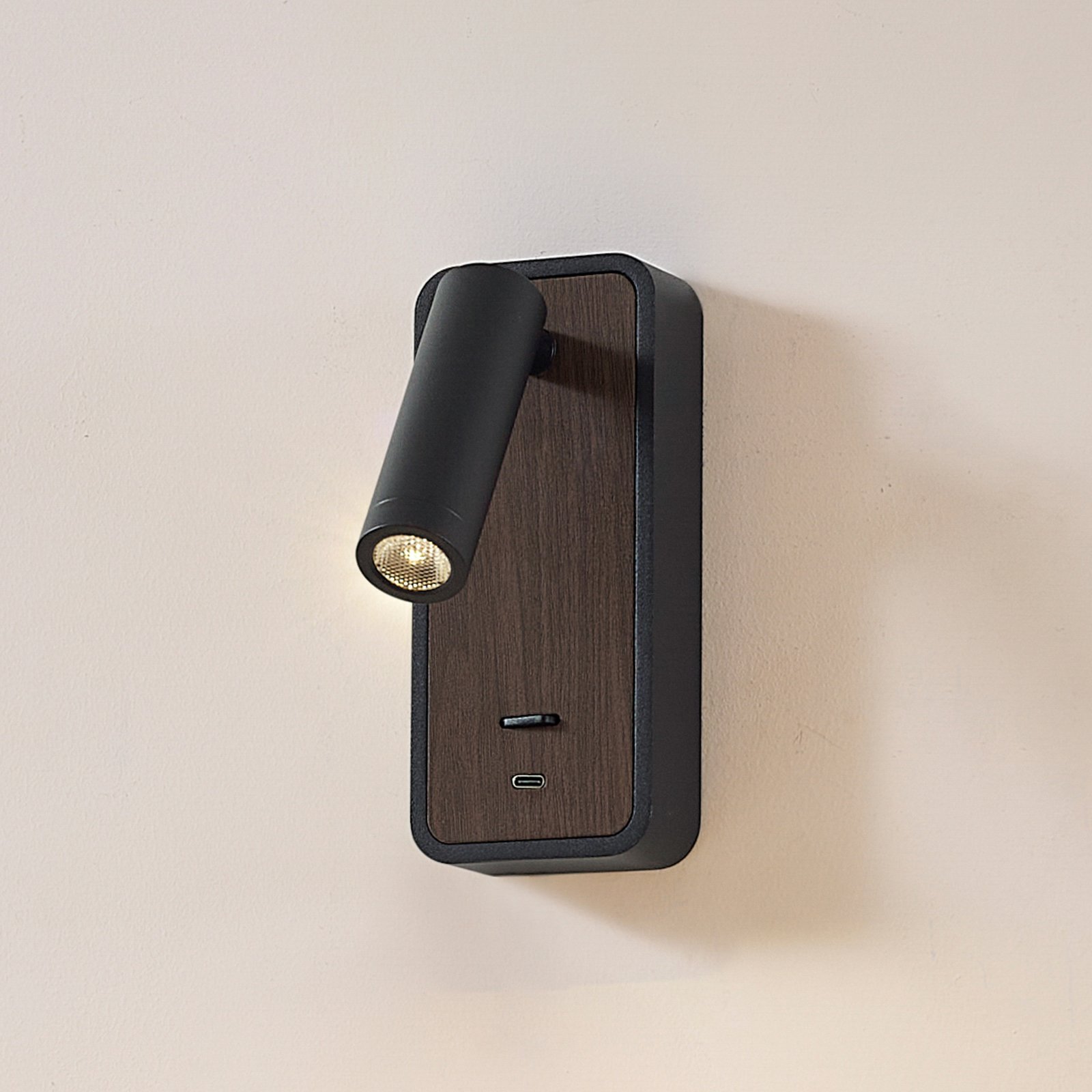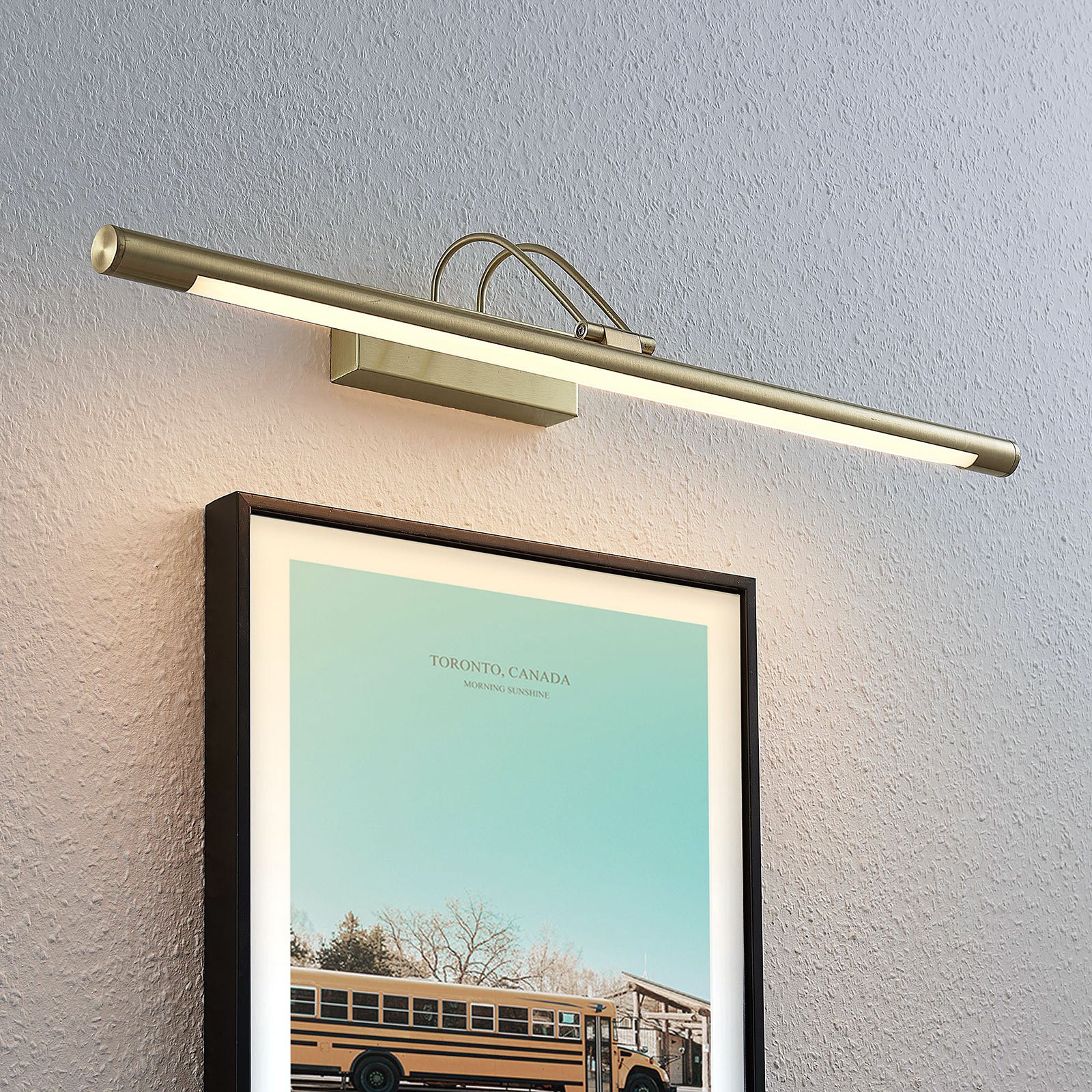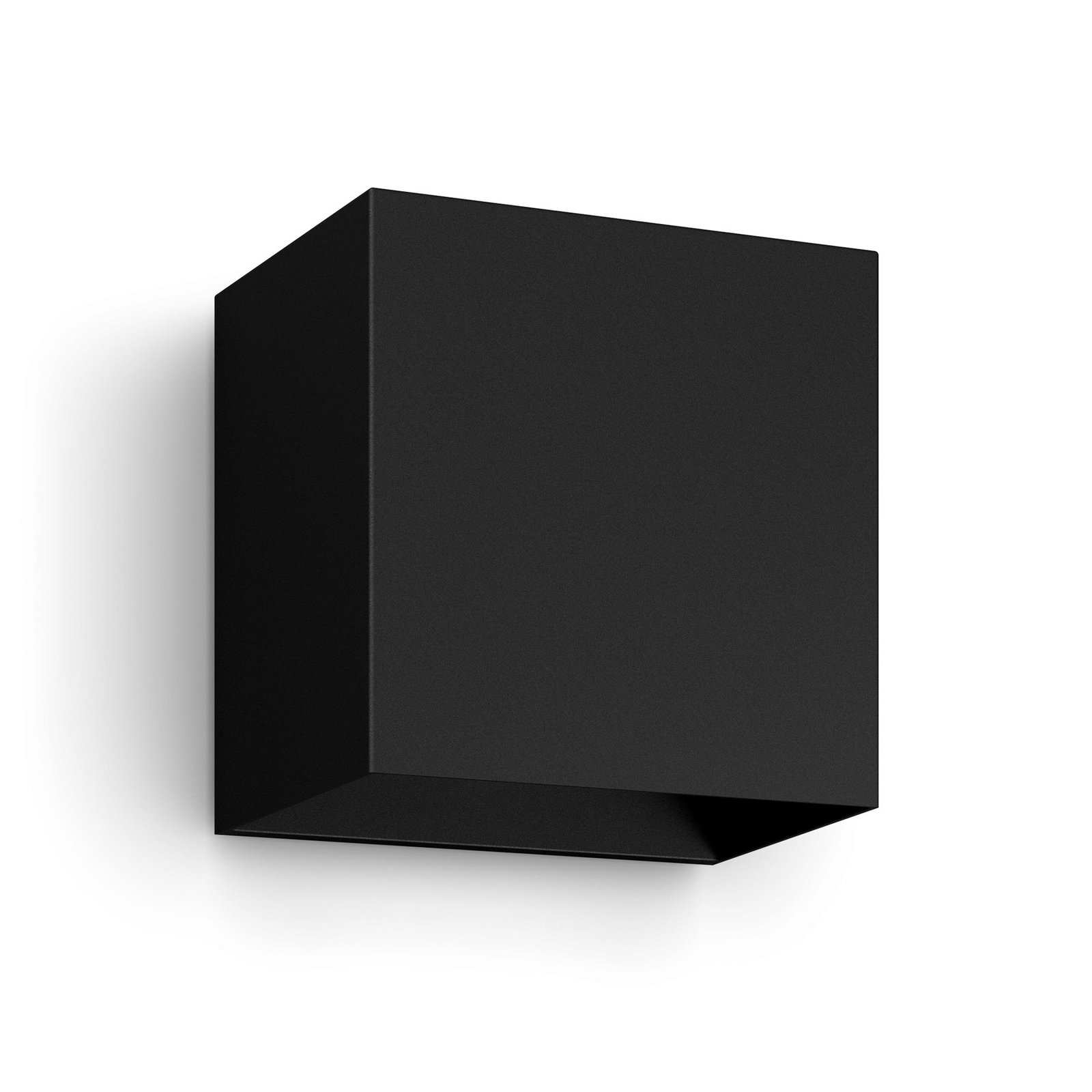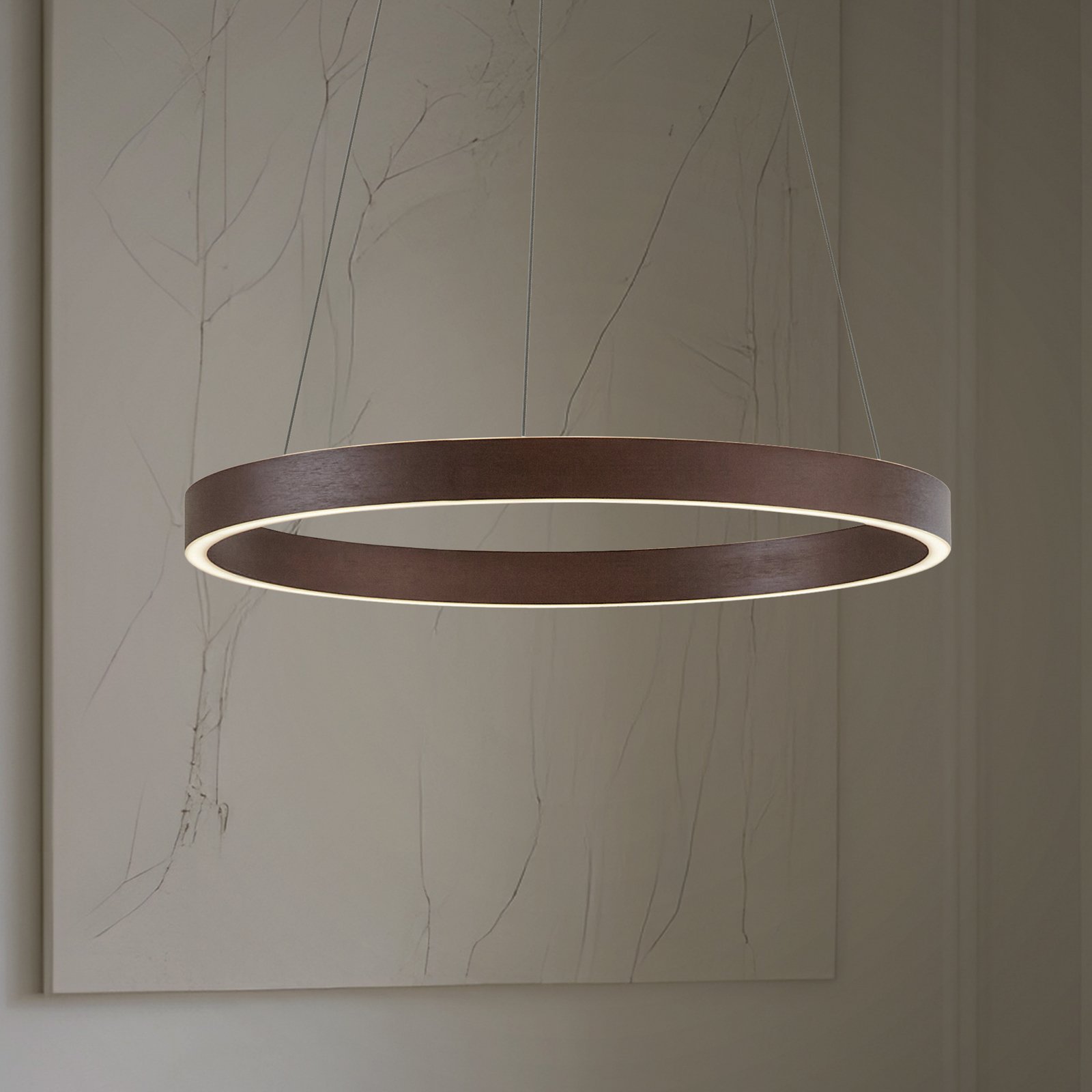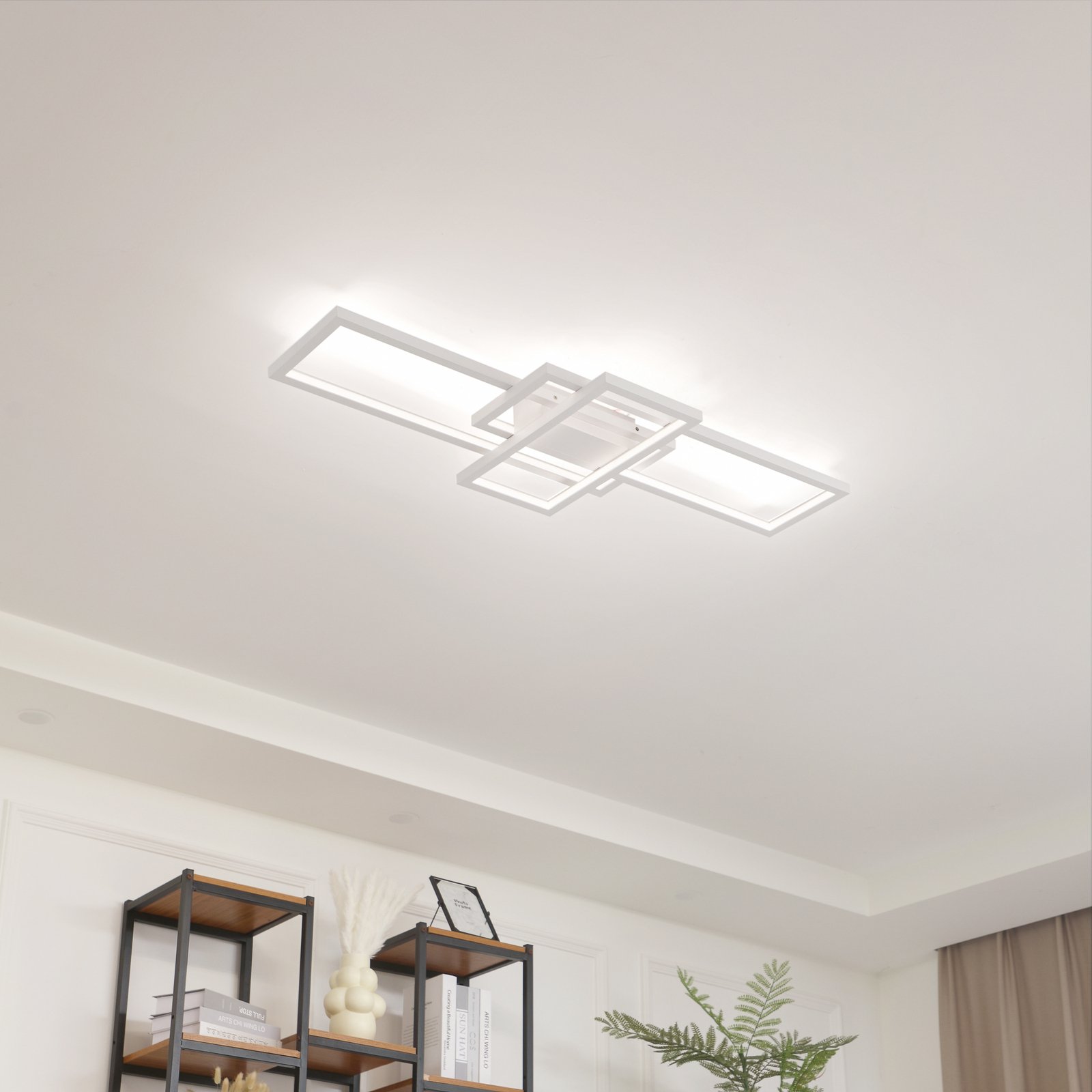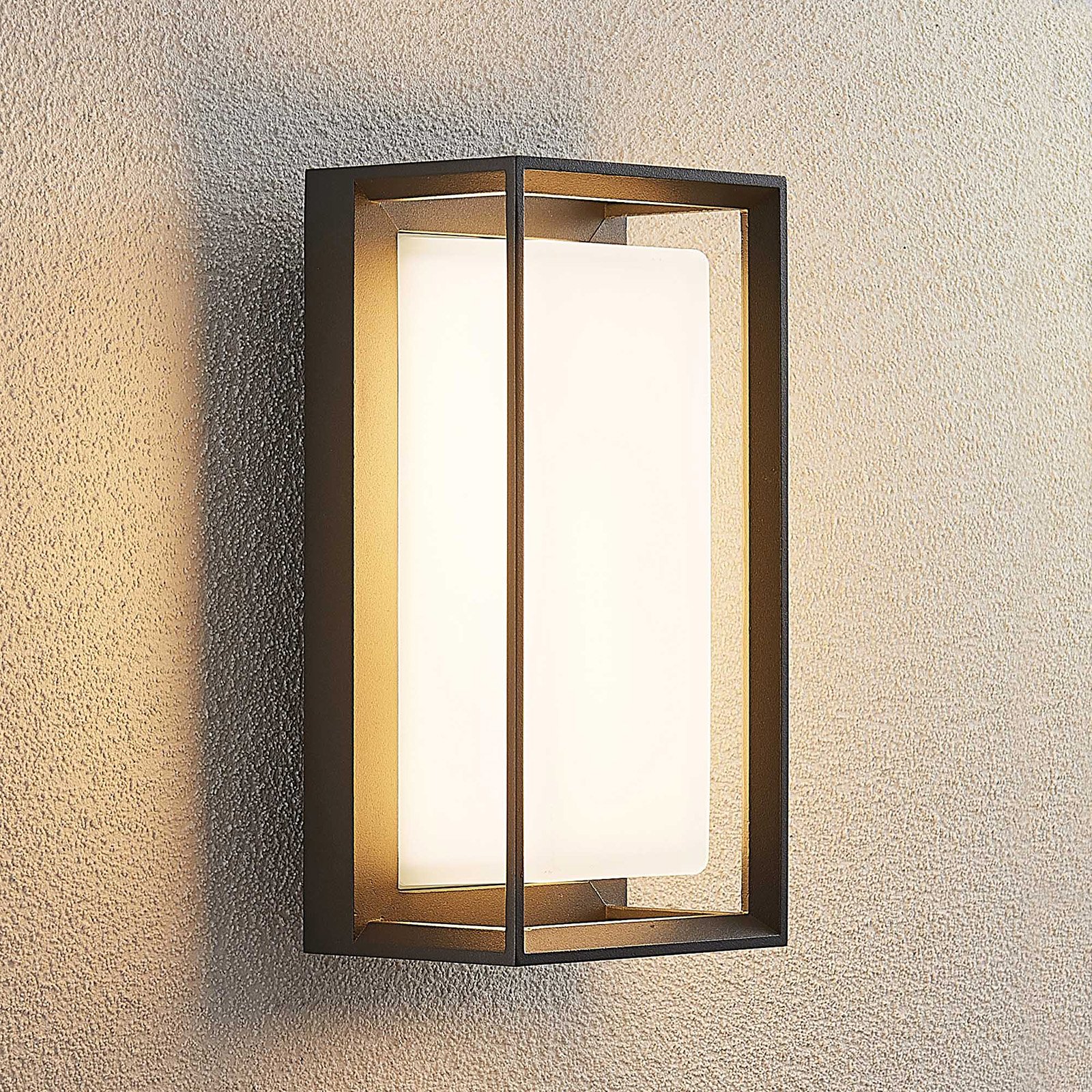- 50 days free returns
- Rated 'Great' on Trustpilot
- Europe's largest selection of brands
LED lighting - why you should fully rely on it in terms of lighting technology
Using them is simply modern. And economically. And of course also environmentally friendly. It is impossible to imagine the world of lighting without LED technology, because it offers so many convincing advantages that nobody can ignore it.
- With LED you save a lot, because the energy consumption is 90 percent lower than with incandescent lamps
- Do you care about the environment? Then opt for the energy-saving lighting solution that works entirely without mercury and produces less waste thanks to its long service life
- No more constantly replacing the light source - this is possible with long-life LEDs (up to 50,000 hours service life)
- One hundred percent bright immediately - this makes particular sense for luminaires with motion detectors, but also for all other luminaires. This is no problem with LED.
- LED lamps are available in various light colors - flexible and suitable for every purpose.
- Smart lighting relies on LED - and means fun, convenience and safety.
How does an LED lamp work?
LED means "Light Emitting Diode". And this is how light-emitting diodes work: electrical energy is converted into light with the help of a semiconductor connection. What makes modern LED light sources so special is their energy efficiency and longevity. In terms of environmental and climate protection, these are big plus points. LEDs not only save electricity compared to other light sources. Waste production is also drastically reduced if the lamp does not have to be replaced every so often.
For which rooms are LEDs suitable?
There really is no exception. LED lamps and luminaires can and should be used for the entire outdoor area and all indoor areas - from the bathroom and kitchen to the living room and bedroom to the hallway and stairs. The advantages of modern LED technology are so convincing and comprehensive that there is no area in and around the house for which LED lights would not be suitable.
What LED lights are available for indoor use?
You don't need to think that LED technology will restrict you in any way. On the contrary: if you want to illuminate your living spaces with LEDs, your choice is not getting any smaller. Because all the lights your heart desires are available with modern LED technology, from ceiling lamps to decorative strips. See for yourself:
:format(jpeg))
LED ceiling lamps When designing the lighting, it is best to start with basic lighting - this applies to every room. This is because it ensures that everything is evenly illuminated and that you can orient yourself properly. With an LED ceiling light, you definitely fulfill this purpose. And you will be surprised at the colors, shapes, materials and styles in which they are available.
:format(jpeg))
LED wall lamp You can also use LED wall lights to provide appropriate general lighting in your living spaces. Extravagant models are shown to their best advantage simply because they hang at eye level. That's what LED wall lamps - and all other wall lamps - are all about. For great eye-catchers in the room.
:format(jpeg))
LED spotlights and spotlights LED spotlights and spotlights are true all-rounders. They can radiate throughout the room. But you can also focus. On a painting, for example. Depending on requirements and intended use, it therefore makes sense to opt for single or multi-flame models. Aligned in all directions, the room can shine in pleasant light with a multi-flame model.
:format(jpeg))
LED pendant lamps The first thing that comes to mind is the dining room table. Because no other place is so predestined for an LED pendant light. As area lighting, it lets the table shine in the most beautiful - preferably warm - light. But it is also a great eye-catcher in other rooms - for example in the children's room or living room to create pretty islands of light.
:format(jpeg))
LED floor lamps Highlighting an area in the room - you can do this perfectly with an LED floor lamp. You should have a little space for it, as it stands on the floor and therefore takes up space. In contrast, you can simply walk under a hanging lamp. Floor lamps are therefore not necessarily the first choice for very small rooms. To save space, however, you can set it up as an LED arc light - simply place the base under the sofa and let the lampshade dangle over the sofa.
:format(jpeg))
LED table lamps LED table lamps are a must for attractive area lighting. And even if their name seems to fix them to a table, they can't just stand there. They also look great on a chest of drawers or a sideboard. Or on the window sill. Precisely wherever their low height is compensated for.
:format(jpeg))
LED furniture lights Once you have ticked the box for general and area lighting, you can turn your attention to ambient lighting. And this is where you can get particularly creative with LED furniture lights. You can use them to set the scene for display cabinets and cupboards - and create a beautiful lighting atmosphere for an exciting evening of television, for example. Not too bright, but not pitch black either.
:format(jpeg))
LED fairy lights and tubes Nothing beats beautiful light decoration. And this simply includes LED fairy lights or LED light tubes. They can be used to create pretty accents in living spaces - and not just at Christmas time. Timeless models are available in abundance - you can definitely get creative.
:format(jpeg))
LED light strips LED light strips cut a fine figure not only in the basement. In the upper part of walls behind stucco moldings, on cupboards or under kitchen wall units, they can provide very pleasant, indirect light. LED light strips are available in various lengths and light colors so that you can experiment with design to your heart's content.
:format(jpeg))
LED decorative lights LED candles, LED light curtains, LED decorative light wreaths - these are all illuminated accessories that make your living space even cozier. You can create atmospheric accents with these - often rechargeable or battery-operated - lights. Thanks to modern LED technology, which consumes comparatively little energy, you don't need to worry that your LED candle won't last long enough.
Which LED lights are available for outdoor use?
In summer for atmospheric evenings outdoors, in winter for Christmas lighting of the entire outdoor area - garden lighting makes sense all year round. Mood, atmosphere, comfort and safety are aspects that are positively influenced by a well-coordinated lighting concept for outdoor areas. And the choice is large:
- LED wall lights - for the building entrance and the entire exterior façade
- LED ceiling lights - for canopies, gazebos, pavilions and carports
- LED pendant lights - for the covered terrace and the covered balcony
- LED bollard lights - for safety on your garden paths
- LED pedestal luminaires - for walls, terraces and paths
- LED pole lights - for successful garden areas that require large areas of light
- LED in-ground lights - for paving, flower beds, lawns and gravel
- LED outdoor spotlight - for illuminating facades and plants
- LED solar lights - for anyone who wants to not be dependent on electricity
:format(jpeg))
:format(jpeg))
:format(jpeg))
What LED light sources are available?
You haven't done it yet? But of course you want to catch up slowly now! You can rest assured. Converting to LED is very easy. Conveniently, LED lamps are available with almost all common bases. This means that you simply have to check what kind of socket your old, beloved light has and get the corresponding LED bulb. Because LED light sources are available that are compatible with old, tried-and-tested sockets, they are also known as retrofit light sources. Because where there was room for an old light bulb, an LED lamp can also shine.
Tip for anyone who simply can't do without the look of the incandescent bulb with its filament, but still wants to enjoy the benefits of LED: Look out for LED filament lamps. In a clear bulb, the LED filaments really come into their own and create a cozy nostalgic flair.
Can LED lamps be replaced?
If your luminaire allows the light source to be replaced, then yes. However, there are also luminaires that no longer want to give up their light source. This is great for compact, innovative designs. And you don't need to worry about having to dispose of your light early. LEDs have such a long service life that you will start longing for a new light long before the old one gives up the ghost.
How long do LED lamps last?
LED lamps are said to have a service life of up to 50,000 hours. If you do the math, it becomes clear how long that actually is. With a daily use of 4 hours, for example, that makes over 34 years of light. So really a long time.
:format(jpeg))
What additional features are LED lights available with?
The first step towards modern lighting has been taken with the switch to LED. But there are still a few highlights that can sweeten your day. Worthwhile additional features that the whole family will enjoy:
- Dim the brightness to your heart's content LED lamps can of course also be dimmed. However, it should be noted that they must be explicitly intended for this purpose. Plain text: The product details state whether it is a dimmable LED light source. But then not just any dimmer is suitable. You will find an exact indication of which dimmer is suitable directly on the packaging or in the technical data.
- This is what happens if you dim a light source that is not intended for this purpose: The dimmer can be damaged. And the light source will probably start to flicker and flicker. It may not come on at all or may fail prematurely. In the worst-case scenario, the dimmer and light bulbs give up the ghost. It is therefore essential to follow the recommendations in the product details.
- Use the remote control Just lie there comfortably and still be able to dim the light. This is very easy if you have a remote control for your lighting. Simply select this practical function in the store using the "Remote control " filter. As a result, you will only see models that can contribute to greater comfort and convenience.
- Use smart functions, enjoy and have fun It's fun. It is luxury. And it contributes to safety. Once you get to know the option of integrating indoor and outdoor lighting into the Smart Home concept you won't want to do without it. You can connect and time all your luminaires, control them from anywhere via your mobile device and, in the best case scenario, even call out wishes to your luminaire. Namely when a connection to Amazon Alexa or Google Home is provided.
- Provide variety with color changes Change the light color to suit your mood - a cozy warm white** in the evening and an activating universal white** in the morning. That would be nice? You can have that. Just make sure that your LED light source or LED luminaire provides a change of light color. And if you want to go one step further, it should ideally also have a multicolor function. Then you can switch between all the colors of the rainbow - for great lighting accents in your living room.
Which light color is suitable for what?
People want to feel cozy and relax in their living rooms: Warm white, cozy light** from 2,700 Kelvin to 3,300 Kelvin is just right for this. In rooms such as the bathroom, kitchen and study, a universal white, functional light of 3,300 Kelvin to a maximum of 5,300 Kelvin is recommended. For utility rooms such as cellars and garages, daylight white light is best (more than 5,300). Ultimately, these are only recommendations - the best thing to do is to test which light color you feel most comfortable with and when. A lamp that can change the light color is ideal for this.
:format(jpeg))
:format(jpeg))
The strike-through prices correspond to the manufacturer's RRP.
Included in the price of LED lights/bulbs is a contribution to recycling costs of €0.05. Included in the price of CFLs/fluorescent bulbs is a contribution to recycling costs of €0.15.
All prices include 23% VAT, delivery costs excluded.

















